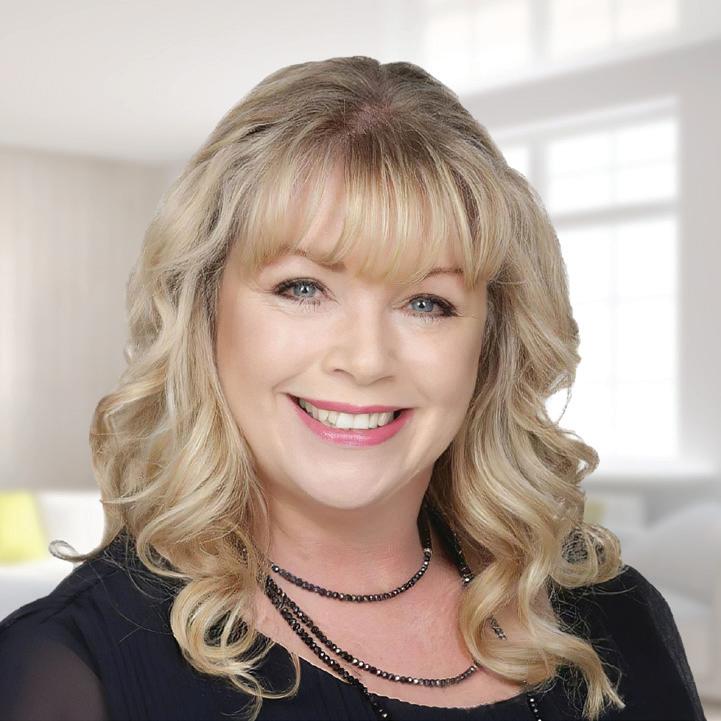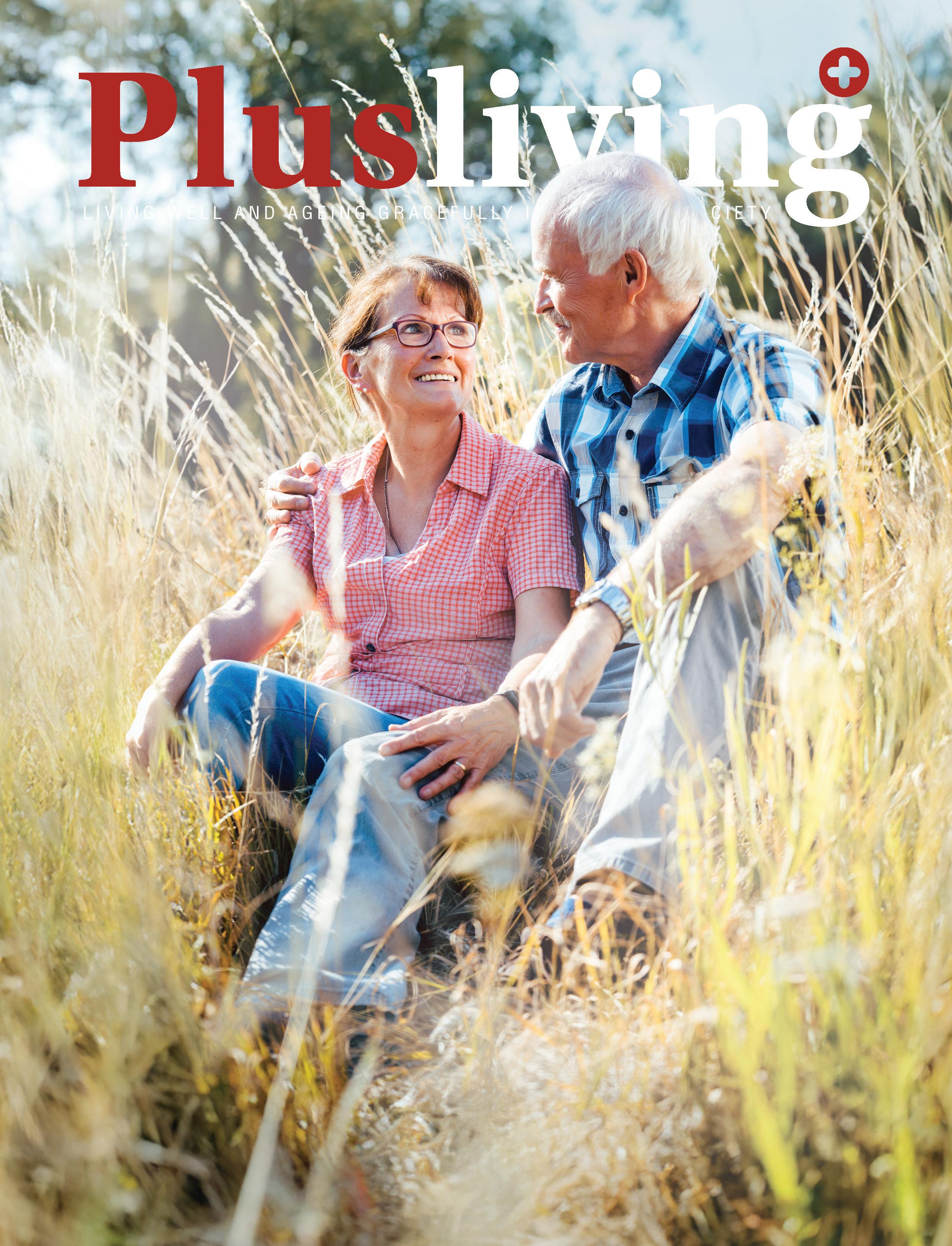




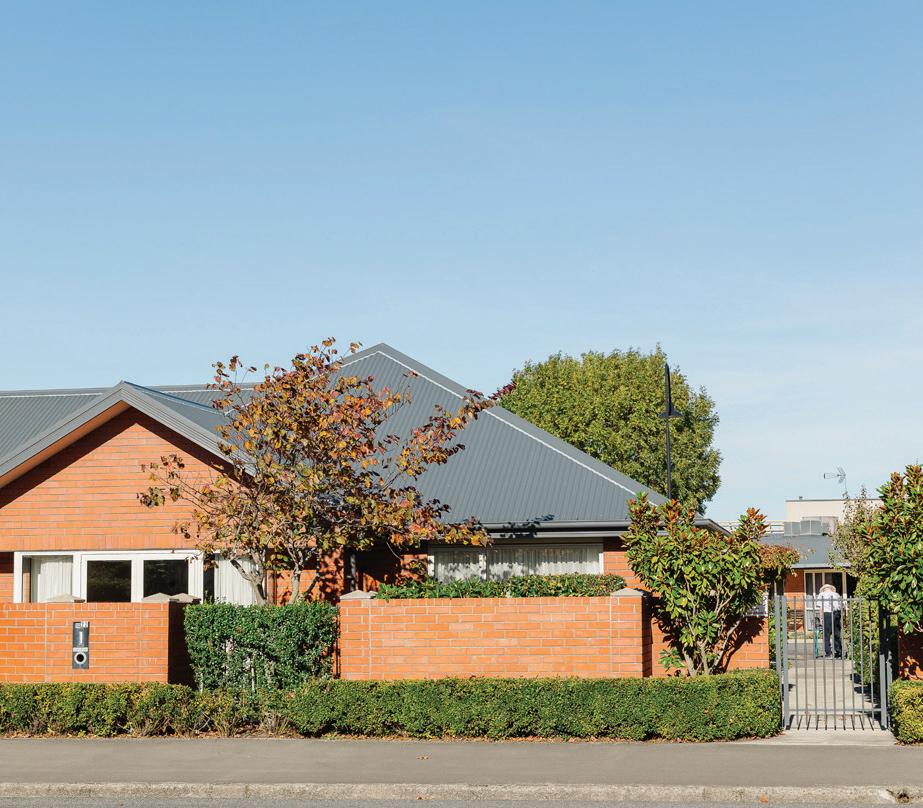

where every day feels like coming home
Welcome to Rosebank Lifecare! Established in 1992, we’re here to offer you a place of tranquillity where you and your loved ones can feel safe, secure, and cared for by our amazing staff.
With a hospital, rest home facility, independent villas, and serviced care suites, we cater to a wide range of needs. Our warm and friendly atmosphere, along with comfortable facilities, make it the perfect place to call home.
We believe in living life to the fullest, no matter your health or condition. Each resident is uniquely valued, with their life experiences and personal values respected. We truly value the support of family and friends in helping our residents thrive. All enquiries and visits are welcome - we can’t wait to show you our facility!
If life is what you make it, choosing Rosebank Lifecare may just be the best decision you ever make.
Come join our retirement village, where every day feels like a vacation with neighbours who become family. Experience the warmth and security of a community where everything is taken care of - from maintenance to garden upkeep. Say goodbye to worries and hello to a carefree lifestyle.
Where independence meets security and community meets convenience. Located on Walnut Avenue, in the heart of Ashburton, our small but welcoming village offers a sense of belonging while giving you the freedom to choose your level

of involvement. Enjoy the beautiful Ashburton Domain just a stone’s throw away, perfect for a leisurely stroll or picnic with family and friends. Our 2 & 3-bedroom villas are designed for warm modern living, with spacious living areas, private gardens you can add your personal touch to, and attached garages for your convenience. Family and friends are welcome to visit and stay with you anytime. Plus, your furry friends are welcome to join you!
Looking for your dream villa? Look no further! Villas are available now, so why wait? Enquire today and make your dream a reality!
Meet Kathleen, our neighbourhood’s angel, always spreading love and light!
Kathleen is our friendly village coordinator, who is always there to lend a helping hand or plan exciting weekly outings around our region. Whether it’s a trip to Methven, Timaru, or beyond, there’s always something fun in store.
Experience the best of both worlds at Rosebank Villageindependent living with a tight-knit community to support you every step of the way. Make a choice to live a full and active life surrounded by caring neighbours who feel like family. Come see for yourself why Rosebank Village is the perfect place to call home.
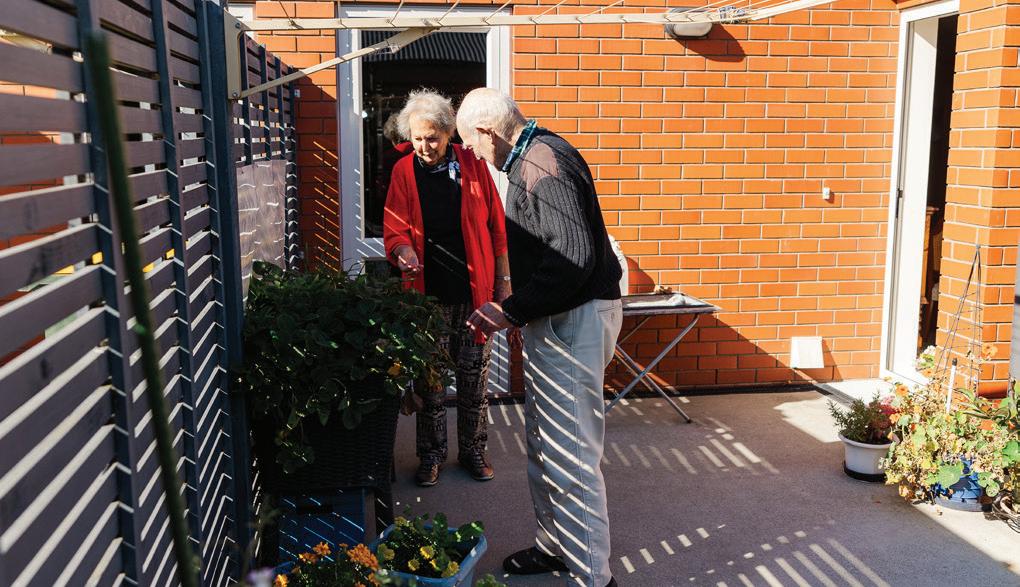


Say goodbye to worries and hello to comfort in your golden years! Let the care come to you in your dream aged care serviced care suites.
Looking for a little extra support without giving up your independence? Look no further than Rosebank’s serviced care suites which are due for completion late 2024! Enjoy the privacy of your own space while receiving daily meals, laundry, and housekeeping assistance if you require it. Plus, with a variety of care options available, you can tailor your support to fit your needs now and in the future without the hassle of moving again.
Live life to the fullest without worrying about maintenance or security - you deserve it!
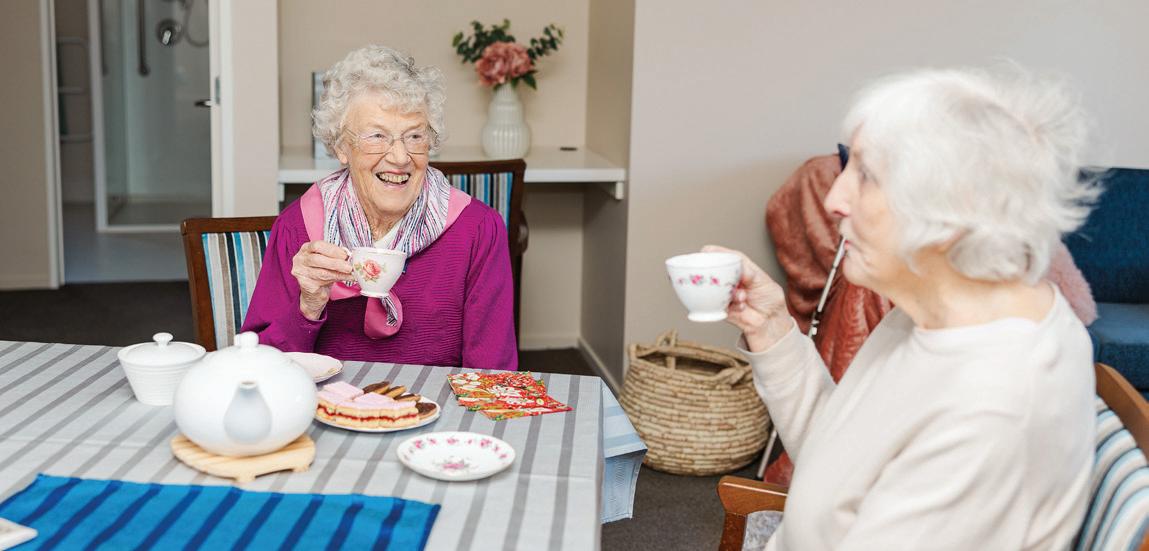
Get the support you need without sacrificing your freedom! Check out Rosebank’s serviced care suites coming soon in 2024.
Make the decision today to live a full and active life, with wrap-around care services in a community that truly cares. Come visit us and see why Rosebank Lifecare is the perfect place to call home. Call Sue Prowse today 03 308 0111.
77 Walnut Avenue, Ashburton | 03 308 0111 | rosebanklifecare.co.nz
I'm Sharon Layton, the proud owner of the new Quinovic Rolleston office.
With an extensive 18 years' experience in the industry, spanning both property investment and business ownership, one could say that property management runs in my veins. My proven track record of success, coupled with a deep understanding of the market and comprehensive knowledge of current property management legislation,
underscores my commitment to unparalleled property management services.
Please get in touch with me if you're interested in discussing property investment or if you're looking for a property management team that places your property as their top priority!
Quinovic Rolleston – your destination for property management excellence.

Quinovic Property Management Merivale principal Sharon Layton has a Masters of Business Studies from Massey University, majoring in tourism management, and brings wide business experience to the customer-focused property management field.
She spent several years in hotel management before changing to a career in personal security in the UK, where she owned her own company in London. Clients included Arabic royal families and many of London's leading hotels.


Welcome to this edition of Plusliving, where we continue our mission to inform, empower, and inspire New Zealanders aged 50 and over. This issue marks the launch of our new section, “Live Longer, Live Better” — a space dedicated to practical ways to boost health, movement, and mindset as we age.
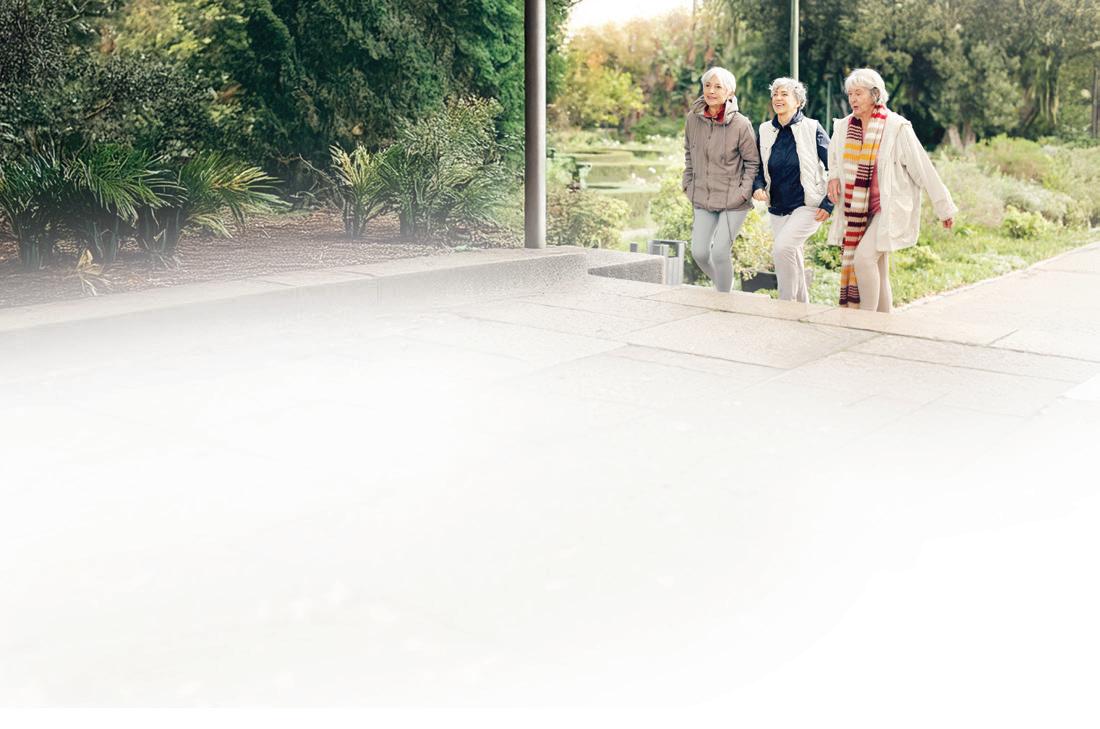
Inside, you’ll find fresh insights on Japanese walking, a guide to protecting your cells to stay younger for longer, and even the science behind spontaneity and how it supports brain and emotional health. It’s all about sustainable habits that make a meaningful difference — at any stage of life.
We also dive into financial resilience, digital safety, and shifting cultural norms (including a little love for the muchdebated dad bod).
Enjoy!
Group Editor 021 676 320 | stuart@academgroup.co.nz




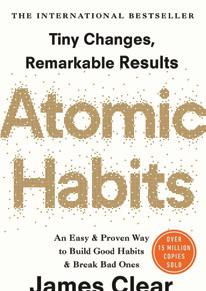

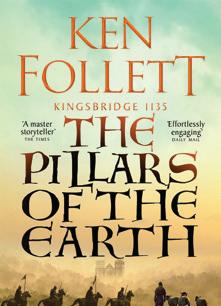

FREE distribution maximises readership
Publisher: The Job Agency Ltd 38 Lowe Street, Addington, Christchurch 8011
Managing Director: Gary Collins
GM of Operations: Kylie Palermo
Sales Manager: Angela Elley (03) 961 5184 | sales@markat.co.nz
Art Director: Jarred Shakespeare (03) 961 5088 | jarred@markat.co.nz
Design: Jessica Ann




Welcome to Plusliving – the magazine dedicated to living well and ageing gracefully in modern society. Aimed at the 50+ age group, you’ll find articles covering all aspects of contemporary life, including physical health and wellbeing, mental health and acuity, home life, working life and finances, technology, travel, self-improvement and more. Our aim is to provide information anyone can use, on any given day, so you can get more out of life.
Product Coordinator Manager: Amber Mundy (03) 961 5075 | amber@markat.co.nz
Accounts: (03) 961 5050 | accounts@markat.co.nz
Disclaimer
This publication is provided on the basis that The Job Agency Ltd is not responsible for the results of any actions taken on the basis of information in these articles, nor for any error or omission from these articles and that the firm is not hereby engaged in rendering advice or services. The Job Agency Ltd expressly disclaim all and any liability and responsibility to any person in respect of anything and of the consequences of anything done, or omitted to be done, by any such a person in reliance, whether wholly or partially upon the whole or any part of the contents of this
The Job Agency Ltd. All rights reserved. No article or advertisement may be reproduced without written permission.
You can read the full list of terms and conditions on: www.markat.co.nz/terms-conditions | www.markat.co.nz/competition-terms/
There’s no such thing as coloured steel. It’s all colour coated. That’s what makes it better.





Discover all the features and options you get in a Nest home that you’d only expect to see in far more expensive properties.
Some of our owners never need to heat their home – even in the middle of a Christchurch winter!




By Jamie Quinn

Upgrade your living room with this mid-century modern chair. Its sleek silhouette, subtle curves, and tapered wooden legs add a touch of chic sophistication while creating a light and airy feel in your space.
RRP $1099.00 www.targetfurniture.co.nz
Design Republique Sophia Ribbed Faux Fur Throw

Elevate your interior design with the luxurious Sophia Ribbed Faux Fur Throw in chocolate brown. This cosy blanket is the perfect accent piece to add a touch of elegance and warmth to your living room.
RRP $149.90
www.bedbathandbeyond.co.nz


Hadley Spiced Berry Check Cushion
This sleek and stylish lamp features a contemporary design that will instantly elevate the ambience of any room. Its soft, diffused light creates a warm and inviting atmosphere, perfect for illuminating your favourite reading nook or casting a gentle glow over your living space.
RRP $42.00 www.kmart.co.nz

Breathe new life into your living space with the Hadley Check Cushion. This fun accent piece is the perfect pick-me-up for any sofa or armchair in need of a refresh. This beautifully crafted pillow features a classic tufted check pattern and a colour palette that blends seamlessly with most décor.
RRP $99.99 www.adairs.co.nz
DISCLAIMER: Please note prices listed here are recommended retail pricing. Prices are subject to change at the discretion of the seller. The information on this page is for information purposes only. The Job Agency T|A Markat assumes no liability or responsibility for any inaccurate, delayed or incomplete information, nor for any actions taken in reliance thereon.

This full-length mirror features a unique, wavy design that adds a quirky personality to any room. The soft curves of the mirror frame contrast beautifully with straight lines, creating a visually interesting look. Featuring a plush velvet frame in rich chocolate brown, this mirror is sure to be a conversation starter!
RRP $199.99 www.onceit.co.nz


By Paige O'Brien
While the world becomes more and more obsessed with high-intensity workouts, a gentle yet highly effective approach to fitness is gaining popularity.
Known as Japanese walking, this structured method is a simple, science-backed way to improve cardiovascular health, build strength, and support mental wellbeing.
Unlike traditional walking routines that emphasise distance or step count, Japanese walking, also technically referred to as interval walking training (IWT), is based on alternating periods of brisk walking with periods of slow recovery walking. Originating from Japan and developed by Dr. Hiroshi Nose at the Shinshu University Graduate School of Medicine, this method was specifically studied among people aged 40 to 75. Its results have reportedly impressed researchers and public health experts alike.
Japanese walking is a timed method of walking that alternates between three minutes of fast-paced walking and three minutes of slower walking, typically over a 30-minute session. The brisk walking phase should be vigorous enough to raise your heart rate to around 70-85 percent of your maximum. During this phase, you should feel slightly breathless, able to speak a few words, but not hold a conversation. Then comes the slow-paced interval, giving your body a chance to recover.
The cycle is repeated five times to complete the full session, and ideally performed four times per week to gain the full benefits. Unlike continuous walking, which maintains a steady pace, the interval structure of Japanese walking is key to its effectiveness. It creates periods of physical challenge followed by rest, which helps the body adapt and grow stronger.
One of the most appealing aspects of Japanese walking is that it has significant health benefits without putting unnecessary strain on joints, muscles, or the cardiovascular system. As we age, finding a form of exercise that is both safe and effective becomes more and more important, and this method ticks both boxes.
Studies show that Japanese walking improves aerobic capacity, which is a major predictor of longevity and heart health. Even adults in their seventies showed marked improvements after regular training using this method.
The brisk intervals help build leg strength, boost muscular endurance, and improve balance. These are key for preventing falls, one of the leading causes of injury and loss of independence among older people.
Due to its interval nature, Japanese walking increases calorie burn and stimulates the metabolism more effectively than steady walking. Over time, this can support a healthier weight and body composition.
The rhythm of the intervals, paired with fresh air and gentle movement, makes Japanese walking an effective way to reduce anxiety and lift mood.



Many people still cling to the idea that 10,000 steps a day is the magic number for health. But that figure actually originated from a Japanese marketing campaign in the 1960s. Modern science suggests that walking quality, not just quantity, matters more.
A recent Japanese study found that participants who engaged in interval walking saw greater health benefits than those who simply walked continuously for the same amount of time. So while total daily movement remains important, integrating intentional bursts of intensity makes a real difference.
If you are new to structured walking or haven’t exercised in a while, it's best to ease into this method gradually. Begin with short sessions, perhaps 20 minutes, and build your way up to the full 30-minute routine.
Use the “talk test” as a guide. During the brisk phase, you should be able to talk, but not sing or hold a full conversation. In the slower phase, you should feel comfortable and relaxed, allowing your body to recover.
No special gear is needed beyond comfortable walking shoes and suitable clothing. Choose flat, safe routes like walking tracks, parks, or quiet suburban streets. A timer or walking app can help you track your intervals until the rhythm becomes second nature.
As always, check in with your GP before beginning any new exercise programme if you are unsure, especially if you have a history of heart issues, joint problems, or are currently managing a health condition.


Japanese walking is a timed method of walking that alternates between three minutes of fast-paced walking and three minutes of slower walking, typically over a 30-minute session.
Incorporating Japanese walking into your weekly routine could become one of the most sustainable and enjoyable health investments you’ll have made in recent years. Beyond the physical benefits, this method also promotes discipline, mindfulness and routine, qualities that massively contribute to overall wellbeing in retirement.
So the next time you’re out for a stroll, consider giving this walking method a try. With its roots in scientific research and showing results of greater strength, balance, and longevity, Japanese walking may be the perfect step forward.
At JL Coachbuilders, we offer a full range of repairs and alterations on caravans, campervans, buses, coaches, trailers, fifth wheels, truck bodies and so much more. We are based in Christchurch, New Zealand.
With over 80 years of combined knowledge of the coachbuilding trade, you can bring your vehicle to us and get the job done right.
We work on any make or model and we are able to work on any job big or small. This includes complete renovations, major collision repairs as well as smaller jobs such as leak repairs, solar installations or alterations of the interior or exterior.
When you come to us, you’ll get a competitive price and the highest standard of service that you won’t find anywhere else. Contact us now on 027 347 0214 for a free, no-obligation quote. Extensive
Motorhome
Caravan
Comprehensive
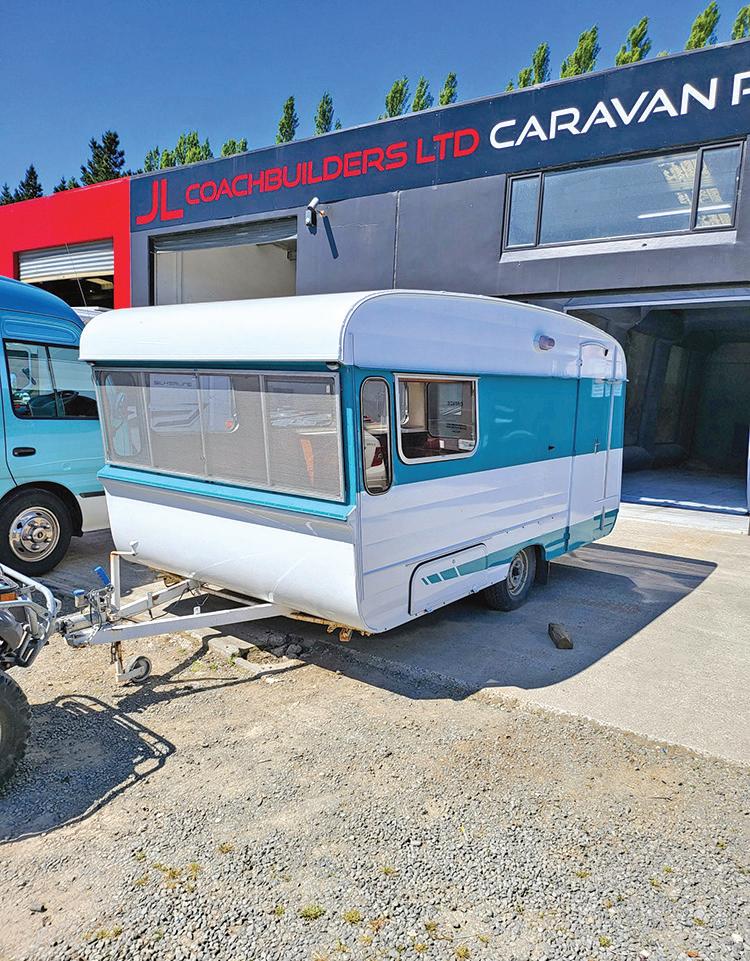



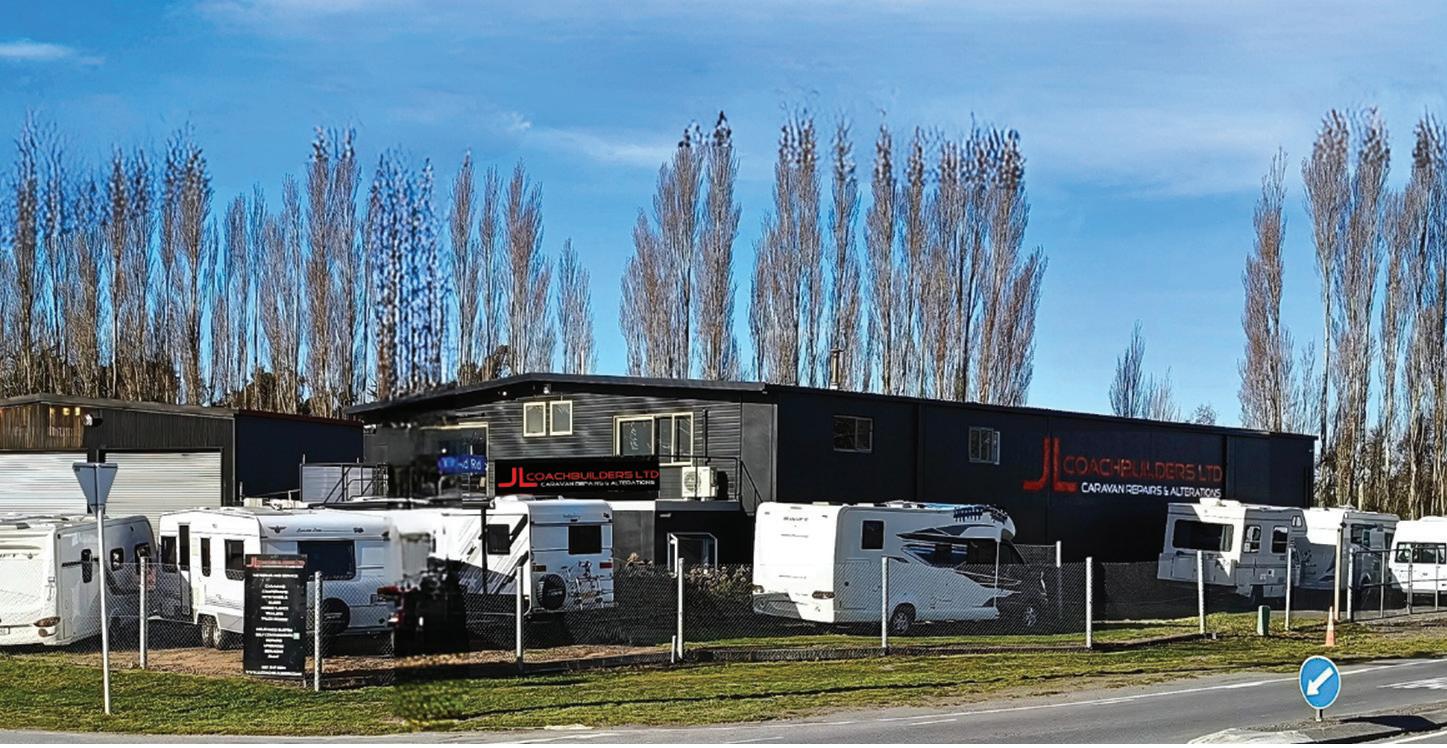
5/4 Spencerville Road, Kainga, Christchurch 8083, NZ







By Jonathon Taylor
In today’s structured, schedule - driven world, spontaneity might seem like a luxury — or even a distraction.
But research shows that embracing the unexpected may actually be good for your health. Far from being frivolous, spontaneous behaviour has been linked to enhanced mental wellbeing, greater emotional resilience, and even improved cognitive functioning.
Clinical psychologist Katina Bajaj explains that stepping outside of rigid routines can offer powerful psychological benefits. “Surprise and novelty can actually be therapeutic,” she says. “The more spontaneous and creative experiences we have, the happier, fulfilled, and even successful we become.”
Spontaneity, especially when it involves trying new activities or breaking away from predictable habits, can activate areas of the brain associated with learning, problem-solving, and memory. In particular, it promotes divergent thinking — a mental process essential to creativity and innovation.
Even our perception of time is influenced by how we engage with life. Neuroscientist David Eagleman has noted that new and unplanned experiences force the brain to process more information, which can make time feel richer and more meaningful. This contrasts with the sensation of time “flying by” when life becomes a series of repetitive tasks. In this sense, spontaneous experiences not only enrich the moment but also help us feel more present and aware.
On a neurochemical level, spontaneity can trigger the release of dopamine, a key neurotransmitter that plays a central role in motivation and mood. These brain responses help explain why impromptu decisions — whether it’s a last-minute coffee with a friend or an unplanned walk in the park — often leave people feeling refreshed, energised, and emotionally uplifted.
There’s also growing evidence that spontaneity supports emotional resilience. Dr. Xiangyou “Sharon” Shen, a researcher at Oregon State University, has studied the impact of playful spontaneity during periods of intense stress, such as the COVID-19 pandemic.
Her research found that people who embraced a playful and spontaneous outlook — what she calls “lemonading”— were more optimistic, adaptable, and creative in how they approached challenges. “They imagined future possibilities with greater optimism,” Shen notes, and were better equipped to “turn lemons into lemonade.”
Further reinforcing this, studies in psychodrama and personality psychology have shown that spontaneous behaviour correlates positively with well-being and negatively with anxiety, depression, and obsessive thinking. Researchers suggest that individuals who allow themselves to act authentically and flexibly in the moment are more likely to experience higher selfesteem, better coping skills, and greater life satisfaction.
Spontaneity, then, is not about carelessness or a lack of structure — it’s about allowing space for curiosity, play, and meaningful connection. When embraced mindfully, it becomes a powerful tool for enhancing emotional health, building resilience, and adding richness to everyday life.
As Bajaj puts it, “It’s in those moments of freedom — when we allow ourselves to explore without a plan — that we often find the most joy.”

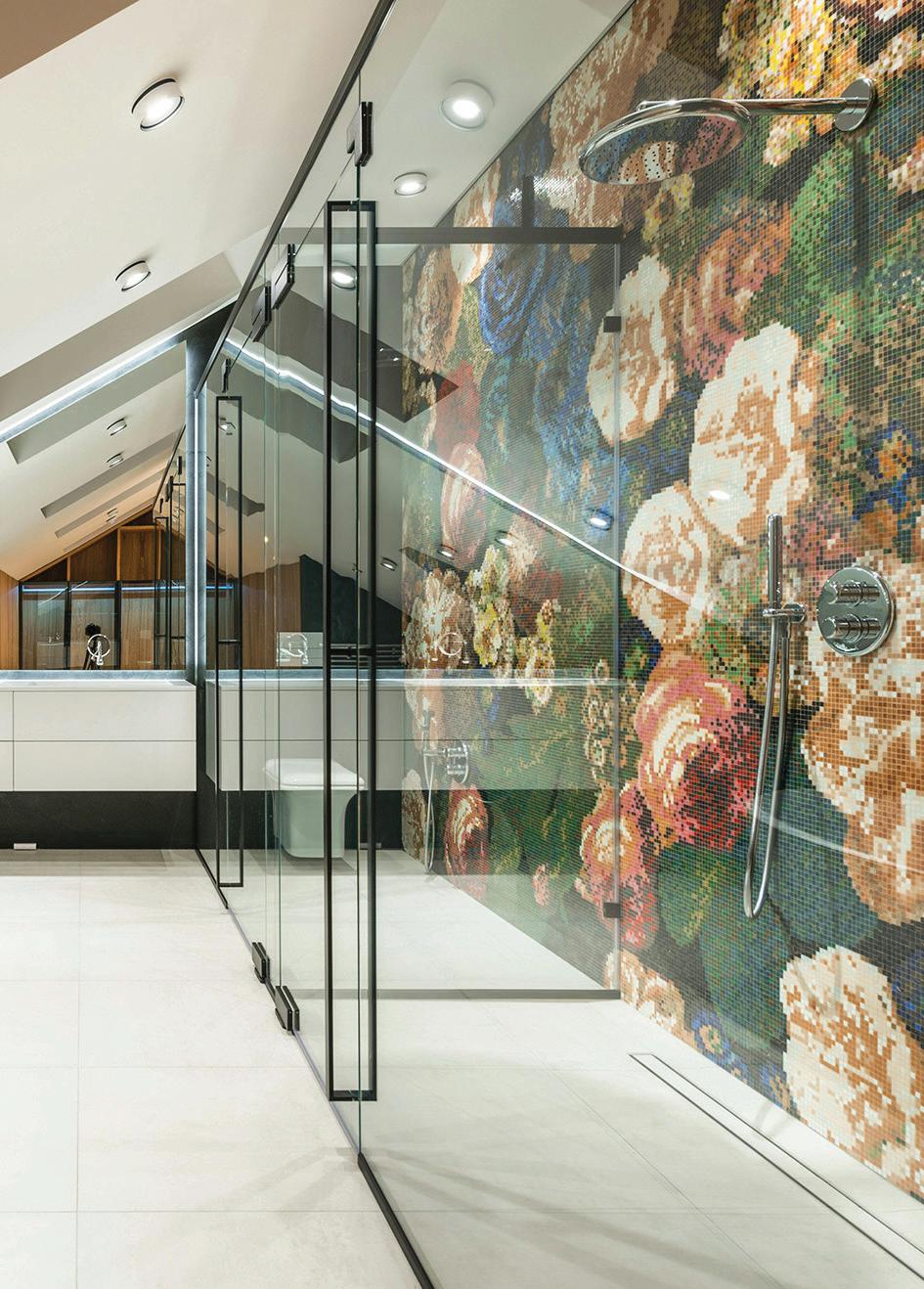
¤
¤
¤
¤
¤
m 021 128 3024



k tims.repairs@outlook.com
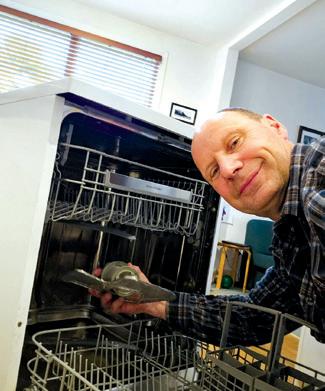
o 22 Six Silvers Avenue, Halswell, Christchurch www.timappliancerepair.co.nz



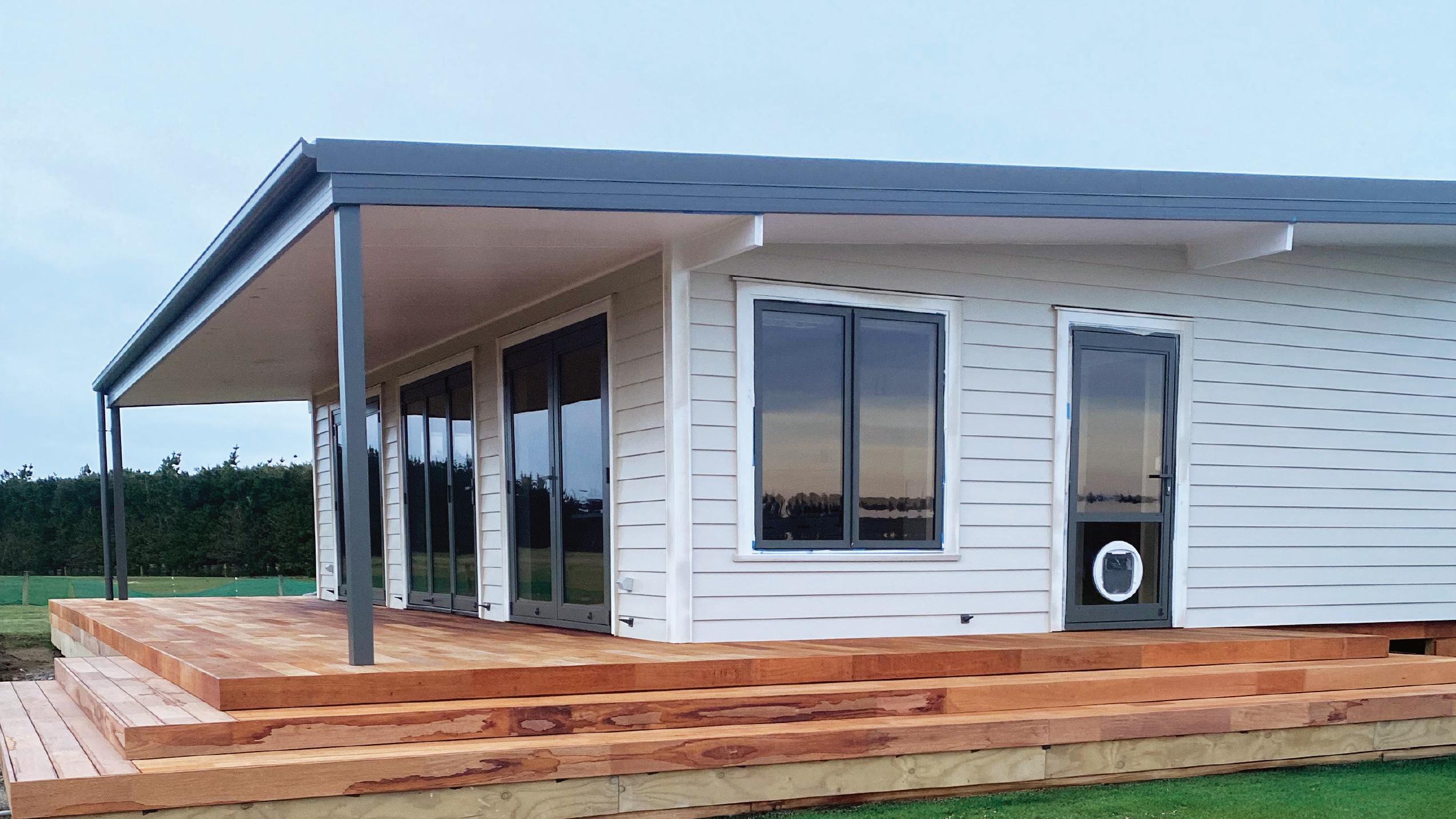
We can cater to all your needs from large commercial projects to small emergency work.
Commercial and Residential Building
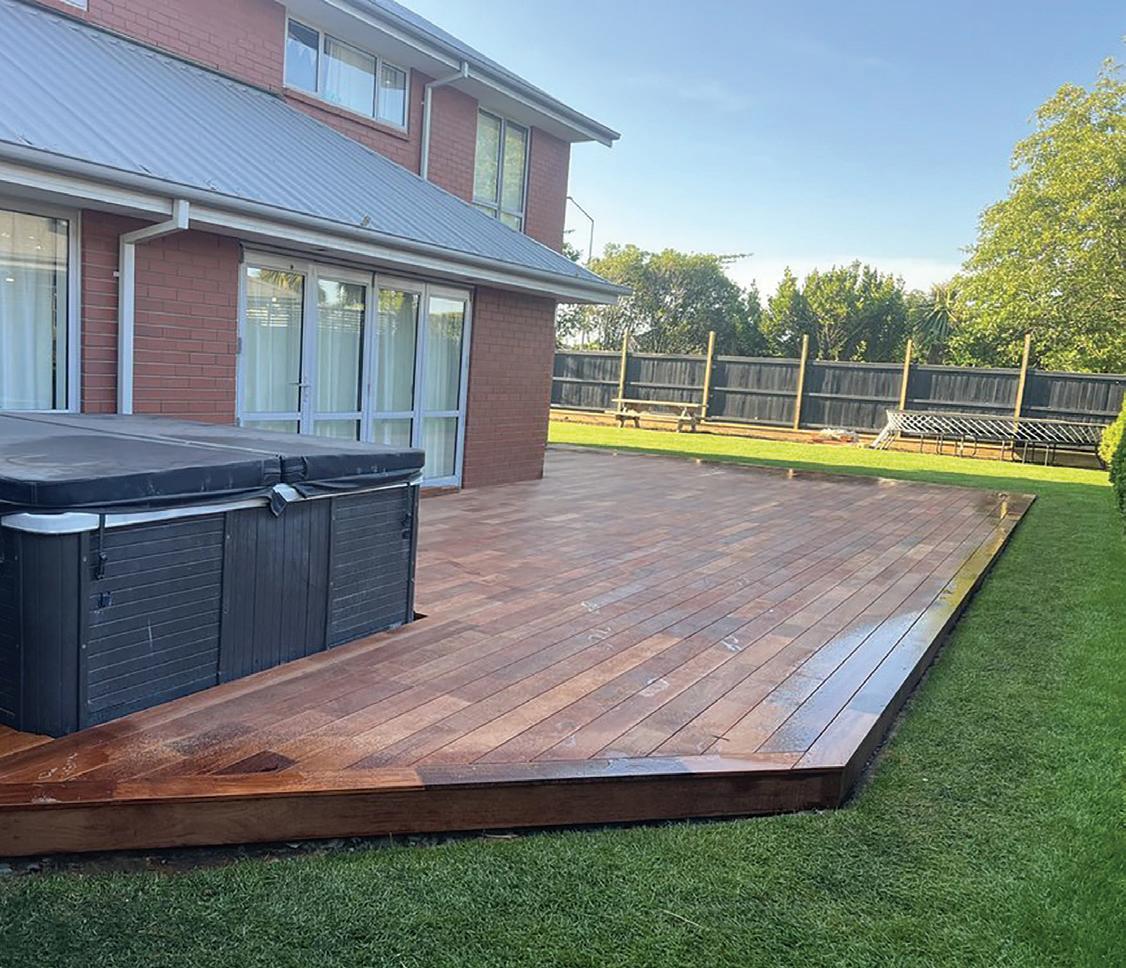
- New Builds
- Renovations & Extensions
- Commercial Projects
- Outdoor Living
- Office/Shop Fit-outs

By Ben O’Connell
After its heritage protection was removed, a neglected Christchurch mansion will be demolished and replaced with student housing.
Unoccupied since the 2011 earthquakes, Antonio Hall has since been the site of several suspected arson attacks.
The Christchurch City Council agreed to remove the property at 265 Riccarton Road from its heritage buildings schedule in September.
Mayor Phil Mauger, in a Facebook post, said the plan to replace Antonio Hall with student housing was great news.
“Gets rid of a long-standing eyesore and creates much-needed accommodation close to the University of Canterbury,” he wrote.

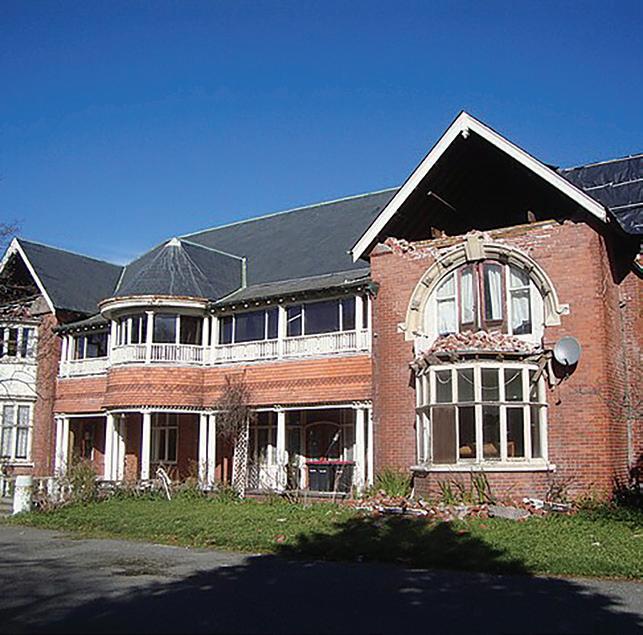
Though the site will finally be redeveloped and the valuable land in the heart of Riccarton will find a new purpose, the century-old building might have been restored into student housing itself had there been a clearer vision and investment.
Instead, demolition by neglect has run its course. Years of disregard and deferred maintenance made restoration increasingly unfeasible. Demolition by neglect refers to the slow deterioration of a heritage building due to a lack of maintenance, often to the point where demolition becomes the only practical option.
While it is not officially recognised as a legal category under New Zealand legislation, it can occur when property owners allow buildings to fall into disrepair over many years.

Do you have unwanted, broken or worn out gold jewellery?

Without legal obligations to maintain heritage buildings, neglect can continue unchecked. In some cases vandalism, arson or trespassing further accelerate deterioration, leaving heritage structures beyond feasible repair.
Neglect is not a ‘classification’ under the legislation that the Council administers, which allows for compliance action to be instigated, a Christchurch City Council spokesperson said. “The assessment of building condition is against the Building Act – Dangerous and Insanitary.
“There have been very few instances in the Christchurch area where the buildings have been allowed to deteriorate to the extent that when assessed by an engineer, they have met the threshold of Dangerous under the Building Act.”
The current heritage protection measures under the Christchurch District Plan and the Resource Management Act control the alteration and demolition of heritage items. Yet they do not require owners to undertake short- or long-term maintenance works such as repainting exteriors, repointing brick and stone facades, or reroofing.
The Council spokesperson said enforcing maintenance obligations is difficult because the Building Act does not require building owners to maintain their properties to a set standard.
“Maintenance of heritage items is often more difficult and costly than for non-heritage buildings, often requiring specialist trades

and skilled workers, and occasionally dealing with hazardous materials such as asbestos and lead,” they said.
“Many heritage buildings include stone and brick elements and these can be particularly difficult to maintain and secure in a seismically active region.
“There can be effective positive outcomes, and the Council has sought to support owners through, for example, free advice and grants to assist with the works.”
The Council says that assisting owners with the necessary works in this way is generally effective, and that this approach has supported heritage maintenance in Christchurch and other New Zealand towns and cities.
Constructed in 1904 and 1909 for successful seed merchant Thomas Kincaid, the mansion was purchased by the Roman Catholic Church in 1946 and converted into a seminary. The property was sold to the Luisetti family in 1980, who operated it as a boarding house and reception venue, renaming it Antonio Hall in honour of their late son.
In 1993, the property was sold to its current owners, Wellstar Co., a company owned by the overseas-based Chiu family, but plans to convert the building into a motel were repeatedly postponed. Antonio Hall had 279 rooms and was once called one of the city’s finest buildings. Since the 2011 earthquakes, only a few dozen cats have called it home.


Butter by Asako Yuzuki, translated by Polly Barton
Part true crime, part love letter to fine dining, this gripping international bestseller is sure to make you hungry. The character-driven novel follows journalist Rika, whose interviews with passionate cook and convicted murderer Kaaji lead her on a journey of self-discovery. What starts as a conversation about butter evolves into a deeper exploration of identity and womanhood in modern society.
Kyle recommends
Atomic Habits by James Clear
For anyone hoping to develop or maintain healthy habits, this book is worth your time. It topped the New York Times best-seller list for 164 weeks after all. Habit researcher James Clear shares how it’s systems, not personal flaws, that shape habits. He explains that every habit follows a loop: cue, craving, response, reward. Focusing on small, consistent improvements — getting 1% better every day — leads to major change over time.

Jamie recommends
We Solve Murders by Richard Osman
Steve Wheeler is enjoying retired life. His days of adventure are over: adrenaline is daughter-in-law Amy’s business now. She’s currently on a remote island keeping world-famous author Rosie D’Antonio alive. Which was meant to be an easy job... Then a dead body, a bag of money, and a killer with their sights on Amy have her sending an SOS to the only person she trusts. A breakneck race around the world begins, but can Amy and Steve stay one step ahead of a lethal enemy?
Caro recommends Pillars of the Earth by Ken Follett
A spellbinding epic tale of ambition, anarchy, and absolute power set against the sprawling medieval canvas of twelfth-century England, The Pillars of the Earth is Ken Follett’s classic historical masterpiece. The historical novel, published in 1989, weaves together the lives of nobles, clergy, builders, and outcasts, exploring themes of ambition, love, power, and faith. It was made into an 8-part television miniseries in 2010 and a video game in 2017.

Ben recommends Poetry Aotearoa Yearbook 2025 edited by Tracey Slaughter
The Yearbook is essential reading for all New Zealand poetry fans. For the 2025 edition, editor Tracey Slaughter has once again hit the zeitgeist in her selection of 141 new poems from an exhaustive submission process. Another packed issue, #59 showcases the raw and the vital, including from this year’s featured poet, Mark Prisco, a blistering introduction from Slaughter herself, and excellent reviews of a crop of recent poetry books.
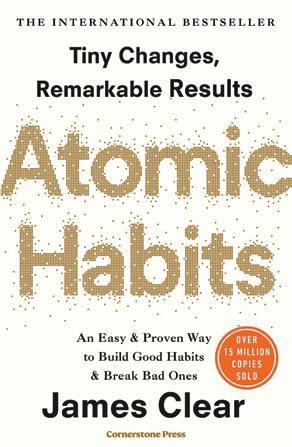

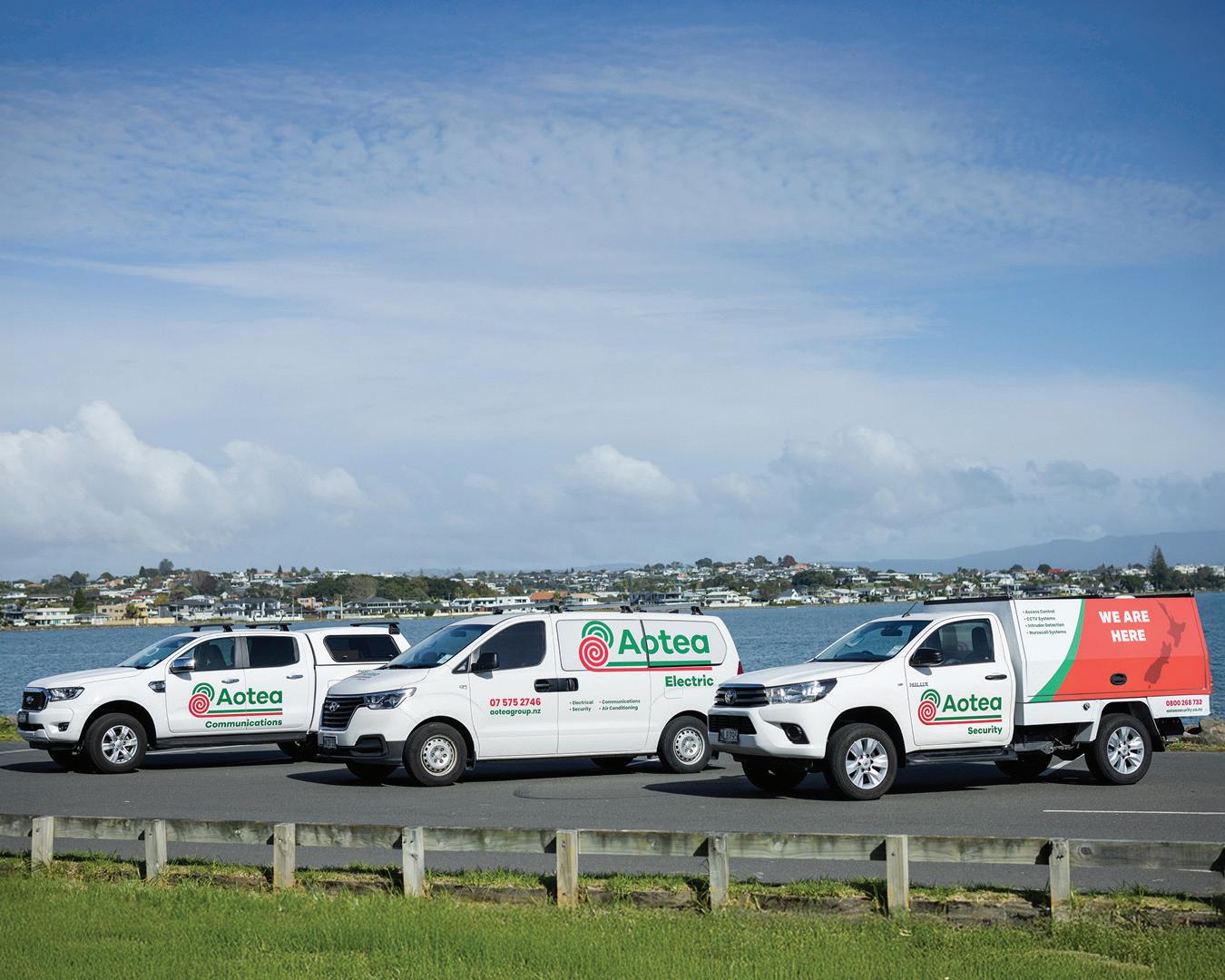


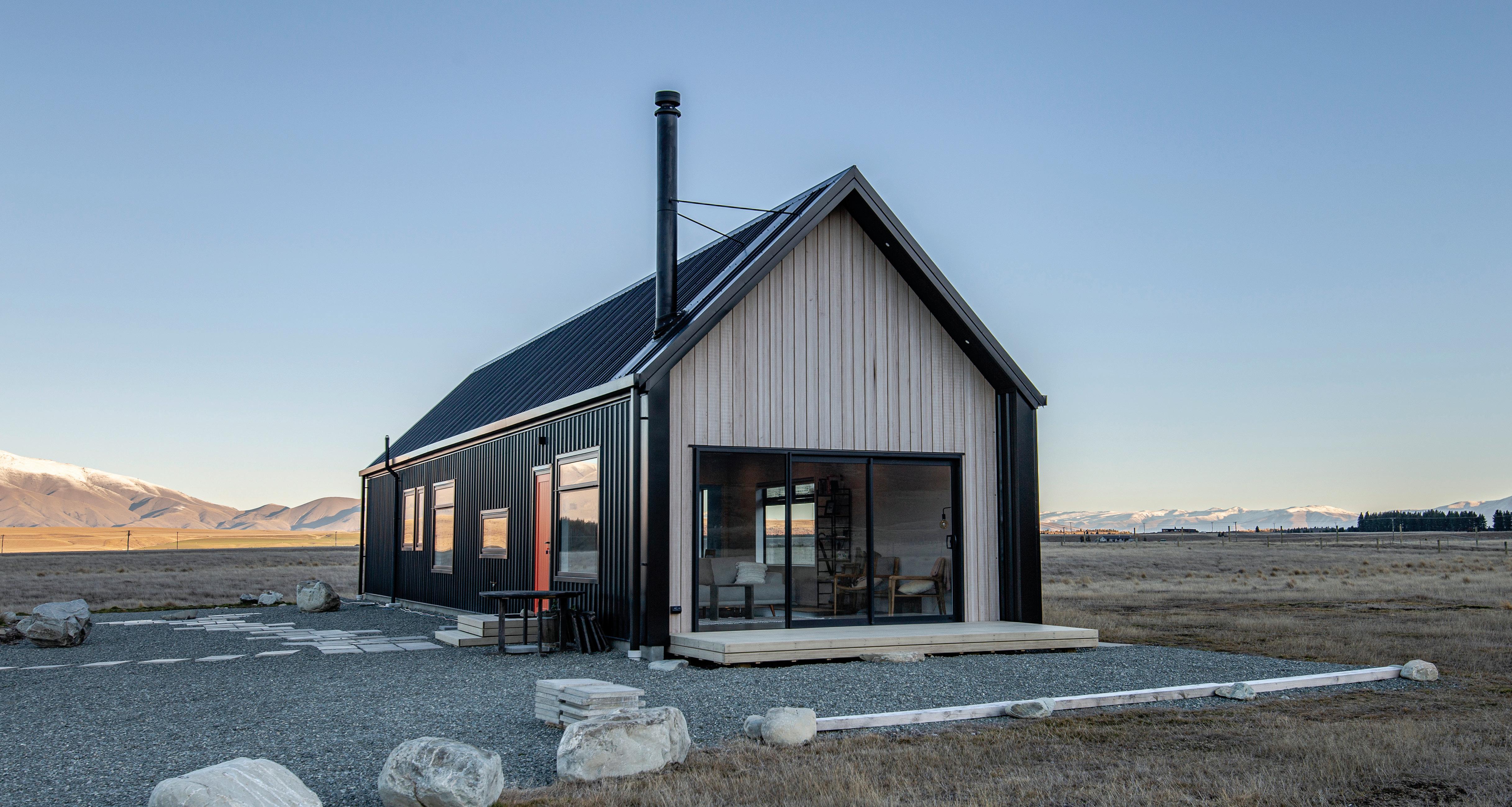


By Jamie Quinn
The idea of a “zero-waste kitchen” can sound a bit intimidating. It’s not about doing everything perfectly.
It’s about making small, thoughtful choices that help cut back on waste, save you money, and create a kitchen that feels good to live and cook in.
Whether you’re ditching plastic wrap for reusable beeswax wraps, finally starting that compost bin, or just trying to shop smarter, every little bit helps. And over time? It adds up in a big way.
There’s a lot to love about a low-waste kitchen. For one, you’ll be sending less to the landfill, which is great for the planet. But there are personal wins, too: when you’re planning meals and buying only what you need, you waste less food (and money). Swapping out single-use plastics for reusable storage options also means less clutter in the cupboards and drawers.
The benefit is that focusing on fresh, whole ingredients instead of pre-packaged stuff naturally leads to healthier meals. You’re not just reducing waste; you’re building a kitchen that supports the kind of life you actually want to live.
You don’t need a fancy system or a minimalist aesthetic to make a difference, just a few habit tweaks. For starters, food waste is a big one.
Try meal planning, storing produce properly, and getting creative with leftovers. Veggie scraps? Great for homemade broth. Overripe bananas? Banana bread. Herb stems? Chuck them in a sauce or smoothie.
Then there’s composting. Even if you’re not a gardener, setting up a small compost bin means your food scraps can go back into the earth instead of the landfill. Bonus: If you are a gardener, your soil will love you for it.
As for packaging, reusable containers are your best friend. Think jars, glass or stainless-steel containers, beeswax wraps, and cloth produce bags. Buy pantry staples in bulk where you can, and always bring your own bags when you shop. It’s one of the easiest switches you’ll ever make.
And don’t toss things just because they look like “waste.” Old jars make great storage. Tired T-shirts can become cleaning cloths. Citrus peels? Pop them in vinegar for an easy DIY cleaner that smells incredible.
One of the best ways to go low-waste is by cooking more from scratch. Not only do you skip all the excess packaging, but you’re also in control of your portions, so less ends up in the bin. Eating seasonally and buying local supports farmers, reduces food miles, and often tastes better, too.
Learning how to store food properly is a gamechanger. Wilted greens and spoiled leftovers will be a thing of the past with the right containers and a bit of know-how.
You don’t have to overhaul your life to start living more sustainably. Start small. Choose one swap that feels doable, maybe it’s switching to reusable containers or keeping a little compost bin on the bench. The rest will follow.
Before you know it, you’ll have a kitchen that works harder, wastes less, and feels better to be in. No guilt, no pressure, just practical, planet-friendly habits that stick.




Household batteries of any kind deteriorate if not in use, and need to be disposed of safely once they are flat or show signs of deterioration: but they are hazardous, rechargeable batteries especially so.
If batteries or items that contain batteries (toys, cell phones, vapes, etc.) end up in wheelie bins, collection truck or a rubbish pit, they have the potential to harm people and the environment, cause fires in collection trucks or at facilities.
Damaged, leaking or rusty batteries can be dropped off for free at the hazardous waste drop-off area in Council’s Southbrook Resource Recovery Park and Oxford Transfer Station. These will be removed and safely disposed of along with the other household hazardous wastes that we accept.
Undamaged household and powertool batteries can be recycled, saving valuable components for reuse and

reducing the risk to people and the environment. These can also be dropped off for free at the Southbrook Resource Recovery Park and Oxford Transfer Station in our district. In Christchurch, household batteries can be dropped off for recycling at Bunnings Tower Junction, Bunnings Shirley, EcoDrop Parkhouse Road, EcoDrop Styx Mill, EcoDrop Metro, and Mitre 10 Papanui,.
www.waimakariri.govt.nz
Almond butter chocolate chip cookies are easy to make, wholesome, and delicious — plus, they only require 5 ingredients!
These naturally gluten-free treats are so satisfying, you won’t even miss the butter or flour.
• 1 large egg
• 1c almond butter
• 1 tsp Baking soda
• ½ tsp vanilla essence
• 1c chocolate chips
1. Preheat the oven to 180°C. In a medium-sized bowl, whisk the egg until well beaten. Add the almond butter and stir to combine, then mix in the brown sugar, baking soda, and vanilla extract. Stir everything together thoroughly — it might take some effort depending on the consistency of your almond butter. Finally, fold in the chocolate chips until evenly mixed.

2. Spoon out portions of the dough, roughly 1.5 tablespoons each, and place them on the prepared baking tray. Lightly flatten each mound with the back of a spoon. If the dough feels a bit oily from the almond butter, you can gently blot it with a paper towel. For an extra touch, press a few chocolate chips onto the top of each cookie if you like.
3. Bake for 10 minutes. The cookies will appear quite soft when you take them out — that’s perfectly normal! If you prefer a crispier texture, bake them for up to 12 minutes.
Serving suggestion:
Let the cookies cool on the baking sheet for 10 minutes before moving them to a wire rack to cool completely. Enjoy!
By Jamie Quinn

This one-pot slow cooker soup combines pumpkin, carrot, and spinach for a nourishing, easy meal.
Simply toss in the ingredients and let the slow cooker do the work.
• 1kg pumpkin, cut into 2cm pieces
• 3-4 large carrots, cut into 2cm pieces
• 1 bag (120g) baby spinach
• 1 ½ tsp paprika
• 1 tbsp crushed garlic

• 1 tbsp Honey
• 250ml beef or vegetable stock
• Fresh or soy cream to taste
• Boiling water
• Salt and pepper to taste
1. Place the Pumpkin, Carrots and Spinach into slow cooker.
2. In a small bowl or measuring jug, mix together paprika, crushed garlic, honey and stock until dissolved. Pour over vegetables.
3 Top vegetables with boiling water, stop just before covered. Slow cook on low for approx. six hours.
4. With a stick blender, blend soup until smooth. Add salt, pepper and cream to taste.
Serving suggestion: Serve with warm bread. Enjoy!
Serves 4-6
This simple and speedy roasted cauliflower and chickpea salad is sure to impress.
Ideal for lunch or dinner! Enjoy it on its own or serve alongside your favourite protein.
• 1 whole cauliflower, cut into florets
• 1 400g can chickpeas, drained
• ½ red onion, thinly sliced
• 1/4c fresh parsley, roughly chopped
• 3 tbsp dried cranberries
• 1c greek yoghurt
• 2 tbsp fresh dill, chopped
• Olive oil

Serves 4
1. Preheat oven to 200°C fan bake. Arrange the cauliflower pieces on a roasting tray and drizzle generously with olive oil. Season with salt and pepper, then bake in the oven for 20–30 minutes, or until golden and tender. Remove and set aside to cool.
2. When the cauliflower has cooled to room temperature, place it in a large mixing bowl. Add the drained chickpeas, red onion, parsley, and cranberries, then toss thoroughly to combine.


3. Drizzle the salad with half of the lemon juice and zest, followed by a splash of olive oil. Season with salt and pepper to taste, toss to coat evenly, and transfer to a serving platter if desired.
4. For the yoghurt dressing, mix the remaining lemon juice and zest with the Greek yoghurt and half of the chopped dill. Season with salt and pepper to taste, then spoon over the salad.
Serving suggestion:
Garnish with remaining dill and a squeeze of lemon. Enjoy!
This simple chorizo and pea risotto is a no-stress dinner with big flavour.
Smoky chorizo and sweet peas create a delicious balance in every creamy, comforting bite — perfect for a satisfying weeknight dinner.
• 1 tbsp oil
• 200g chorizo, chopped
• 300g arborio rice
• 2 tbsp white wine vinegar
• 1.2l chicken stock, heated until simmering
• 200g frozen peas
• 60g grated parmesan, plus extra to serve
1. Heat the oil in a large frying pan, add the chorizo, and cook until it’s crisp and the oil has been released. Use a slotted spoon to remove a quarter of the chorizo and set it aside for topping.
2. Add the rice to the pan, stirring to coat it in the oil. Toast for a minute, then pour in the vinegar. Once the vinegar has evaporated, add a ladle of stock. Stir and allow it to absorb before adding more. Continue this process for about 20 minutes, until the rice is plump but still slightly firm in the centre.
3. Stir in the peas, parmesan, and the remaining stock. Mix well until the cheese has melted.
Serving suggestion:
Season with black pepper, then serve in bowls topped with the reserved crispy chorizo and a sprinkle of extra parmesan. Enjoy!

Jeff Allan Paint & Paper offer a variety of services in the South Canterbury region.
Not only can they handle all of your interior and exterior painting needs, they are also proficient in wallpapering and gib stopping. Jeff Allan Paint & Paper offer their clients colour choice advice and consultations, lead paint removal services and eco-friendly paint options to ensure long-lasting quality.
Painting
Well known for their superior painting services Jeff Allan Paint & Paper offer exterior and interior painting for both commercial buildings and residential homes. They use high quality paints that are guaranteed to stand the test of time, and they make sure the job is done right.
Wallpapering
Removing old or installing new wallpaper is a unique art form in and of itself. On the pulse of design trends at the moment, wallpapering is on the rise. Choosing the right wallpaper can add a bold statement or subtle intrigue to any room.
Gib stopping
Gib stopping is a crucial part of building or renovating any property. The techniques involved must be implemented properly, as sloppy plaster work can cause serious long term issues for your building. Jeff Allan Paint & Paper can expertly apply smooth or


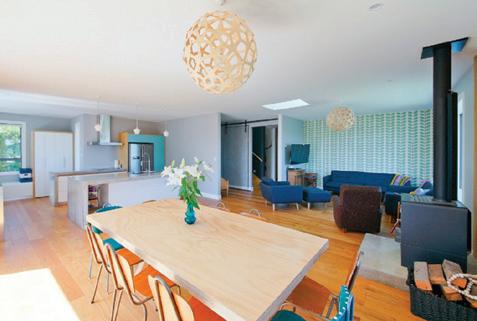
textured finishes, and ensure the job is done right every time. They can also provide consultations and advice to discuss your property’s specific Gib stopping needs.
Jeff Allan Paint & Paper are also part of the Masters Painters Association, which means they adhere to strict quality controls and they offer a five Year Written Workmanship Guarantee. This guarantee gives you peace of mind that your painting investment is protected.
Whether you need painting, wallpapering or gib stopping Jeff Allan Paint & Paper has the team that can help with your next project. Give them a call on 027 277 5830 today!

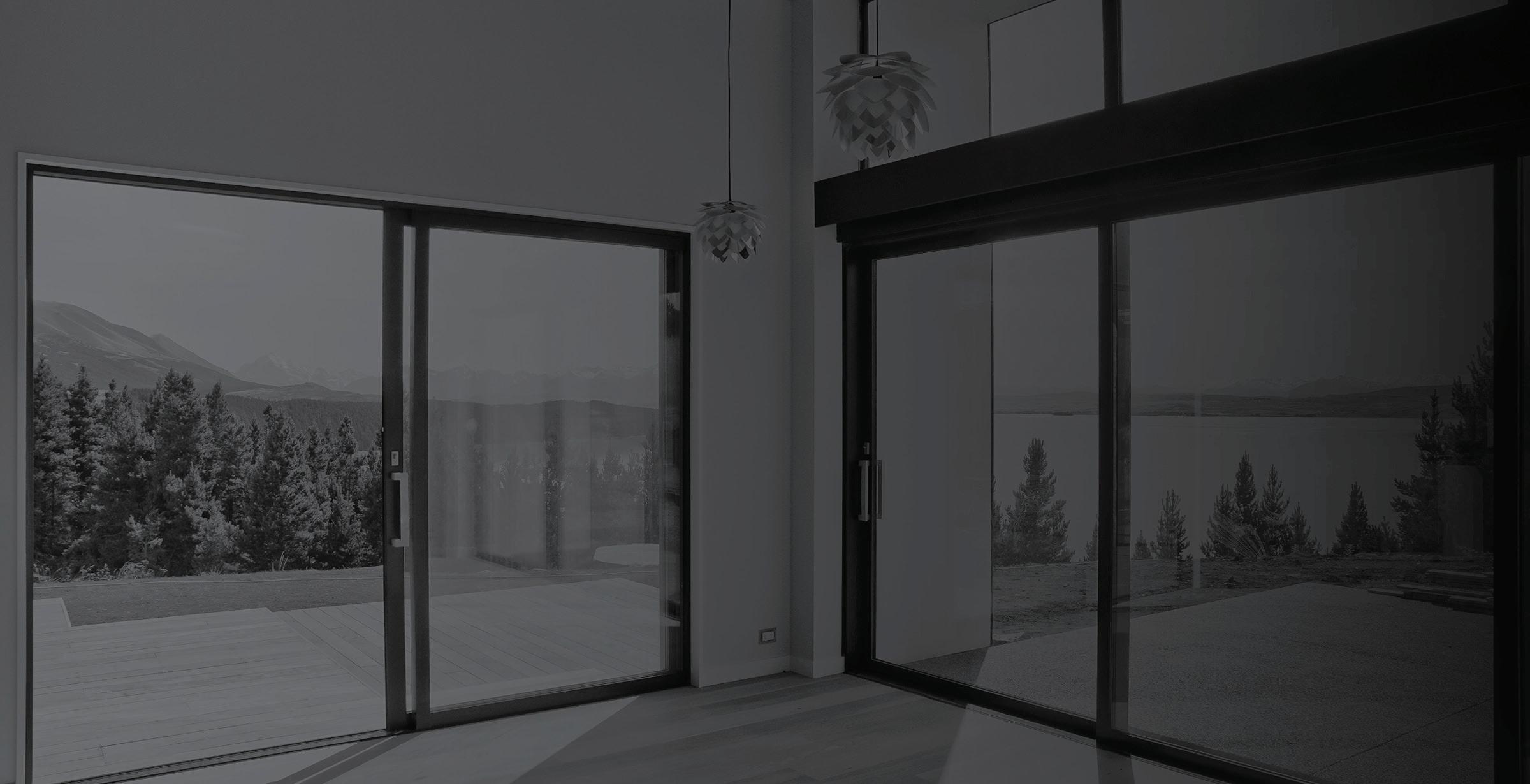
We offer a variety of services to the South Canterbury region. Not only can we handle all of your interior and exterior painting needs, we are also proficient in wallpapering and Gib stopping. Additionally, we offer our clients colour choice advice and consultations, lead paint removal services and eco-friendly paint options to ensure long-lasting quality.



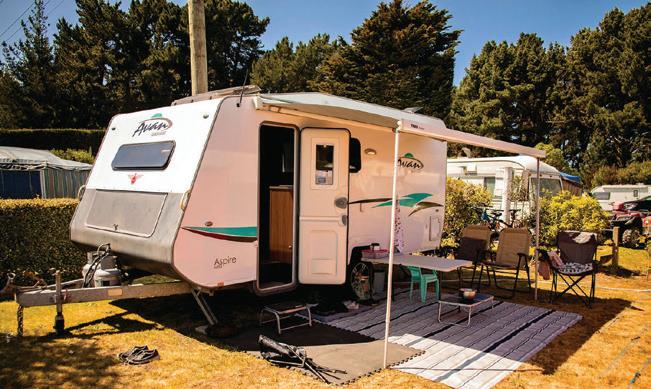











By Jonathon Taylor
A recent study has revealed that loneliness and social isolation among older New Zealanders has reached epidemic proportions, prompting calls for urgent government intervention.
Health advocates are urging the establishment of a dedicated Minister for Loneliness to coordinate national efforts to address this growing health and social crisis, mirroring successful models implemented in countries such as the United Kingdom and Japan.
The Breaking Barriers report, commissioned by Age Concern Auckland, surveyed older adults across Auckland and the Bay of Plenty to better understand the root causes and consequences of social disconnection among people aged 65 and older.
The findings paint a concerning picture: 59% of respondents reported recent feelings of loneliness or social isolation, with nearly one-third (30%) stating they experienced these feelings frequently or constantly.
According to the study’s authors, loneliness among older people is not simply an emotional issue — it is a public health concern. The research reveals that social isolation is closely tied to a range of negative health outcomes, comparable in severity to smoking, alcoholism, and obesity. Kevin Lamb, Chief Executive of Age Concern Auckland, says the impact of chronic loneliness is farreaching and damaging.
“The level of loneliness and social isolation among older people across the country is severe and has a significant detrimental impact on the lives of many vulnerable New Zealanders,” Lamb says. “This impact is of a similar negative level as smoking, alcoholism, and obesity — not only on individuals but also on our communities and health system.”
The report identifies a complex web of contributing factors. Financial insecurity plays a key role, particularly for those coping with the rising cost of living on fixed or limited retirement incomes. Health-related challenges also contribute significantly.
Long wait times for elective procedures, the rising cost of private health insurance, and the stress of navigating health services all impact older people’s ability to remain socially engaged.
Housing issues also emerged as a major driver of isolation. Many older New Zealanders, particularly those living in social housing, face unsuitable or substandard living conditions.
The study found that 70% of social housing residents reported loneliness, the highest rate among all accommodation types. Limited mobility, inadequate accessibility, and poor housing quality frequently leave older adults feeling trapped in environments ill-suited to their changing needs.
Globalisation and shifting family structures have further compounded the issue. The study notes that many older adults, especially in Auckland, have become geographically and emotionally isolated from loved ones due to adult children relocating overseas.
Alarmingly, 44% of Auckland’s older population are migrants who moved to New Zealand to be near family, only to experience renewed isolation as their children pursue opportunities elsewhere.
Technology, often proposed as a solution to loneliness, may not offer the protection it promises. The study found that 75% of older adults who use social media still experience loneliness.
In fact, those who rated themselves as “very proficient” with smartphones were more likely to feel isolated than those without access. Researchers suggest that digital interaction may lack the emotional nourishment of face-to-face connection and may even amplify feelings of exclusion.
Age Concern Auckland is now calling for the creation of a Ministerial Lead for Loneliness in New Zealand. This role would coordinate national policy, support services, and awareness initiatives aimed at reducing social isolation.
“This is a hidden epidemic, and it requires a visible, co-ordinated response,” Kevin says.

Alarmingly, 44% of Auckland’s
older population are migrants who moved to New Zealand to be near family, only to experience renewed isolation as their children pursue opportunities elsewhere.
“A Minister for Loneliness would be charged with shaping policies, funding mental health services tailored to older adults, and working across government and community sectors to develop inclusive, age-friendly environments.”
International examples support this approach. In the UK and Japan, dedicated loneliness ministries have helped implement nationwide strategies, raise public awareness, and support at-risk populations.
A similar role in New Zealand could oversee targeted initiatives for rural communities, Māori elders, and migrant populations — groups who, according to the report, are at heightened risk of isolation.
The report also calls for increased funding for mental health support tailored to older adults, expansion of community-based initiatives such as social clubs and volunteer programmes, and stronger anti-ageism campaigns to combat negative stereotypes and promote intergenerational connection.
In rural areas, the challenge is even greater. Over one-third (34%) of Māori kaumatua live in rural regions, compared to just 20% of the general rural population.
With fewer services and a higher older-age dependency ratio in these areas (35 per 100 compared to 23 per 100 in urban settings), Māori elders face serious disadvantages in accessing support.
The Breaking Barriers report serves as a wake-up call to government, health providers, and communities alike.
With an ageing population and widening social gaps, the time for a coordinated, compassionate response is now. Ensuring that older New Zealanders feel valued, connected, and supported is not only a moral imperative — it is essential to the health and wellbeing of our society.

The researchers from the University of Canterbury warns that climate change could make it harder for Kiwis to access their GP.
They say that climate change must be treated as a health systems issue, not just an environmental one, to ensure communities can access vital care.
“In Christchurch alone, four coastal medical clinics are at risk of being affected by sea level rise by mid-century,” University of Canterbury PhD candidate Darcy Glenn says. “At the same time, if climate change drives more migration to New Zealand or increases patient demand through longer appointments, many practices will simply not have capacity. That could mean patients being turned away and struggling to find a new doctor.”
New Zealand faces a GP shortage. 34% of older GPs plan to retire within the next five years, so that upcoming retirements will worsen the problem. Yet many practices are already closing their books to new patients.
“There is already work being done to bring more doctors into the system, but climate change means we’ll need to go further,” Darcy says. “If we don’t account for these future pressures now, we risk being unprepared when demand spikes.”
While most climate change healthcare planning focuses on heatrelated illnesses and mosquito-borne diseases, Darcy says primary healthcare access is being overlooked within the field of study. Her research models how climate-driven pressures, such as sea-level rise, population migration and longer appointment times, could overwhelm New Zealand’s already stretched GP clinics.

By Ben O’Connell
The Public Health Communication Centre (PHCC) has echoed similar concerns in its latest climate and health briefing, warning that the effects of climate change are already harming New Zealanders’ health and will intensify without urgent action.
The report highlights that extreme weather events, such as floods and heatwaves, are straining healthcare systems and increasing demand for medical care, particularly among vulnerable populations.
It also notes that the health sector itself is highly exposed to these impacts with infrastructure risks, staff shortages during emergencies and increased pressure on primary care services.
PHCC researchers argue that protecting public health in a changing climate requires proactive adaptation of healthcare systems, from ensuring clinics are resilient to sea-level rise to supporting GPs and health workers responding to climate-related health crises.
Darcy’s research is currently focused on Christchurch but will expand nationwide. The research uses a novel modelling approach that factors in both patient preferences (such as cost, opening hours or distance to their GP practice) and GP capacity to reveal potential bottlenecks.
Darcy hopes the findings will serve as a “check engine light” for policymakers, helping health planners identify where more GPs are needed and enabling the prioritisation of communities in need of additional support.
She says the study “will add to a growing body of research urging governments to treat climate change as a health systems issue, not just a weather or environmental problem.”
Purapura Whetū Trust was founded in 2002 by a small group of passionate individuals who saw a need for more responsive, culturally grounded mental health care for Māori in Ōtautahi Christchurch. At a time when mainstream services often fell short for tangata whenua, the goal was simple but bold: to create the best kaupapa Māori mental health service possible.
“Our aspiration was to build the best kaupapa Māori mental health services we could provide in communities,” reflects founding member and CEO Karaitiana Tickell.
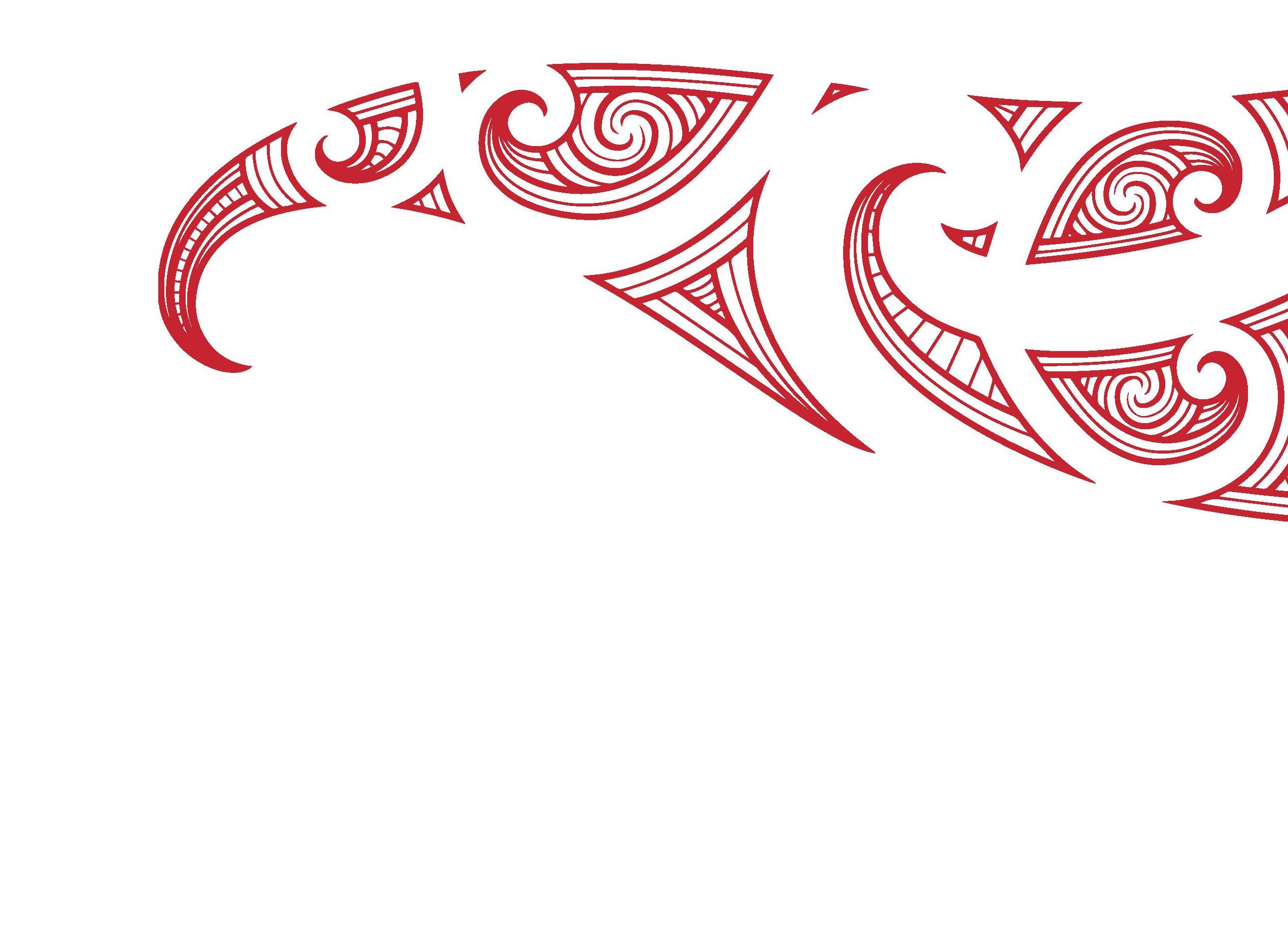
grown into a trusted, communityled organisation of over 200 staff, delivering more than 30 services to people of all ages. These services span the full spectrum of wellbeing: from early childhood programmes and rangatahi resilience, to kaumatua support, addiction and reintegration services, crisis helplines, and collaborative initiatives responding to systemic gaps.
The organisation has also played a pivotal role in post-crisis community healing following major events such as the 2011 Christchurch Earthquakes and the 2019 Mosque Attacks. In response to the latter, Purapura Whetū developed a dedicated, culturally safe support service for Muslim communities in Ōtautahi, providing long-term, wraparound care for affected whānau.
Drawing inspiration from the Waka Framework which weaves together Māori values like Tapu, Mana, Mauri, Tinana, Wairua, Hinengaro, Mātauranga Māori, Ūkaipō, and Whanaungatanga, Purapura Whetū has stayed true to its vision from day one. These values continue to guide how care is delivered, not just clinically, but holistically, embracing the spiritual, emotional, physical, and social wellbeing of whānau.
From humble beginnings with just five kaimahi, Purapura Whetū has
Purapura Whetū has led and contributed to some of the region’s most impactful community initiatives. This includes Mana Ake, a primary school-based mental health and wellbeing service, and the Tupuranga Attendance Service, both designed to address educationrelated challenges through holistic, whānau-centred responses. In the health and justice sectors, Purapura Whetū co-leads Kā Pou Whenua, a culturally grounded response to mental distress alongside Te Whatu Ora and the New Zealand Police, and is a key partner in Fast Track, a rapid intervention initiative addressing youth offending in collaboration with Oranga Tamariki, New Zealand Police, and community providers.

At its core, Purapura Whetū is an agent for change. It works alongside whānau to remove barriers, promote hauora, and advocate for whānau-led solutions. Several of the Trust’s free services, welcome referrals from whānau, friends, or health professionals.
Over 22 years on, the kaupapa remains the same: support whānau to get well, stay well, and live well. And as the needs of the community continue to grow and evolve, so too does Purapura Whetū, anchored in tikanga, connected to whānau, and reaching always toward the stars.


A new service - Te Huinga KŌtuku - is educating communities across Te Wai Pounamu / South Island on the harms of Gambling.
Karaitiana Tickell, CE of Purapura Whetū Trust – a community leader in the provision of health and social service committed to reducing gambling harm across our South Island communities. He expresses caution when stating that gambling can be an enjoyable form of entertainment for many, but stressors for some, it can spiral into a serious problem that affects their mental, emotional, and financial well-being. Karaitiana is inviting any community or health provider that wants to support a reduction in gambling harm amongst their community to contact his team.
Service Co-ordinator Mahlon Saumalu points out that “Gambling harm does not only impact the gambler; it also extends to their family, friends, and the wider community”. Saumalu is emphasising that understanding the signs of gambling harm and knowing where to seek help can be crucial in preventing the negative effects gambling has on individuals and society as a whole.
Mahlon is an educator and health promoter working in schools, with employers and across community groups. Mahlon points out that “Kiwis spend an estimated 5 billion dollars gambling each year, and that up to half of all young people gambled in the last year. More and more Kiwis are negatively affected each year”. He says that
For people that are impacted negatively by gambling they will know that gambling harm can take many forms, from financial strain and relationship issues to mental health problems such as anxiety, depression, and even
suicidal thoughts. When gambling becomes uncontrollable, it can interfere with daily life, causing a person to neglect responsibilities, family, and work. The desire to win back lost money can lead to even riskier behaviours, making

communities can help themselves being educated, and he is especially keen to support young people as they are targeted by the online casino operators. He says gaming and gambling operators deliberately take advantage of young people’s brains, particularly our need as humans to get a dopamine response when we are bored or stressed.
If you, your school, or your workplace and community want a basic education session you can call Mahlon on 0800 4 WHETU or email him on mahlon@pw.maori.nz
We can also supply an education kit for your community or your workplace so that people can self-educate.
it harder to break the cycle of harm. Unfortunately, the hidden nature of gambling addiction often makes it challenging to recognise, and those affected may feel isolated and reluctant to seek support.

The first step in protecting yourself or someone you know from gambling harm is to acknowledge the problem. If you notice that gambling is taking up more of your time and money than you'd like, or if it is starting to negatively impact your relationships or job, it might be time to reassess your behaviour. Setting clear boundaries, like limiting the time and money you spend on gambling, can help create a healthier relationship with it. For some it may be safer to ban themselves and we can help with that too.
If you are struggling with gambling harm, it's important to know that help is available. There are many services in New Zealand designed to provide confidential support to individuals dealing with gambling problems. Gambling Helpline New Zealand offers free, confidential counselling and advice, available 24/7 via phone or text. Their number is 0800 654 655.
STEP 3
How counselling helps
Counselling services can provide tools to manage urges, address underlying issues contributing to the gambling behaviours, and develop healthier coping strategies. In some cases, professional therapy may be recommended to help individuals address mental health concerns that may stem from or be exacerbated by gambling harm.
Friends and family members can also play an essential role by offering support and understanding. Encouraging open communication and reassuring loved ones that seeking help is a sign of strength, can break down barriers to accessing necessary services.
If gambling is affecting your life, don’t wait for it to get worse. Reach out for help today, and take the first step towards recovery and a healthier, more balanced life.
If you would like help and or talk to someone call us on 0800 4 WHETU

By Jonathon Taylor
Tiny but powerful, telomeres are protective caps at the ends of your DNA, similar to the plastic tips on shoelaces. Their job is to shield your genetic material during cell division.
As we age, telomeres naturally shorten. When they become too short, cells stop dividing and enter a state called senescence, contributing to inflammation, disease, and tissue ageing.
Short telomeres are linked to increased risk of heart disease, type 2 diabetes, osteoporosis, and cognitive decline. However, the good news is that telomerase, a special enzyme, can help rebuild them— and your daily habits play a major role in activating this repair process.
Telomeres are highly sensitive to oxidative stress, which can be reduced by eating antioxidant-rich, whole foods:
Vitamin C and E (found in citrus, leafy greens, almonds, seeds) fight damaging free radicals
Omega-3 fatty acids (from oily fish, flaxseeds, chia, walnuts) support cellular integrity and slow telomere loss
Polyphenols (in berries, dark chocolate, green tea, olive oil) have been shown to stimulate telomerase.
In contrast, ultra-processed foods—high in sugar, additives, and refined oils—are associated with faster telomere shortening. For a simple telomere-supporting meal, try a Longevity Salad: rocket, walnuts, pomegranate seeds, roasted salmon, and olive oil.
Beyond diet, movement, sleep, and stress reduction all influence telomere health:
Exercise - especially moderate aerobic activity and resistance training - has been linked to longer telomeres. Consistency is more important than intensity. Even a daily walk or yoga session helps.
Sleep is crucial for cellular repair. Aim for 7–9 hours each night and stick to regular sleep-wake rhythms to support natural telomere maintenance.
Limit toxins like smoking and excessive alcohol, which are directly tied to shorter telomeres.
Chronic stress raises cortisol and inflammation, both of which contribute to faster telomere loss. But incorporating calming routines can help:
Mindfulness, deep breathing, tai chi, yoga, and time in nature all lower stress levels and may even boost telomerase activity.
Just 10 minutes a day of focused relaxation can positively impact your cellular age.
By eating well, moving consistently, sleeping deeply, and managing stress, you can protect and even rebuild your telomeres—helping your body stay stronger, healthier, and younger for longer.
Highview Rest Home & Hospital is an elegant older house beautifully maintained with lots of character and charm.
Our location offers convenience, privacy and stunning views of the Otago Harbour and Peninsula.
A two storey homely Rest Home with well trained knowledgeable staff that offers both rest home and hospital level care, with an in-house laundry service, home cooked meals, regular van outings, exciting activities programme and 24/7 nursing. Highview ticks all the boxes as a place that takes care of all our residents.


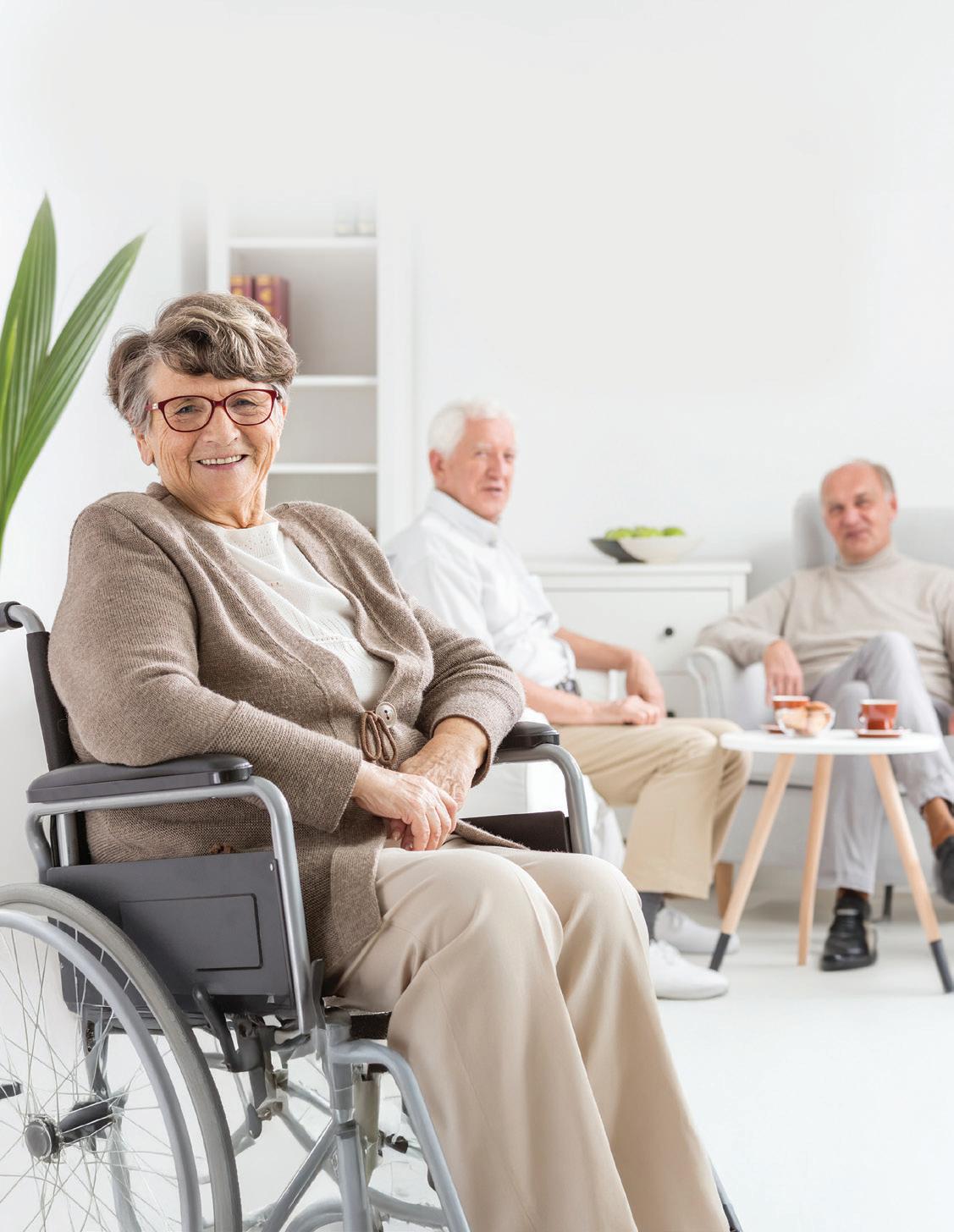






Did you know that New Zealand has the highest rate of melanoma in the world? Every day, around 7 New Zealanders are diagnosed with melanoma - it’s the most serious form of skin cancer and it can quickly become deadly.1,2
That’s why MoleMap’s proven skin-mapping system is designed to detect skin cancers such as melanoma early – when it’s most treatable.3
We check.
And double-check.
With MoleMap you get two sets of expert eyes examining any moles of concern: a trained Melanographer and an experienced specialist Dermatologist.
Fewer scars. Fewer scares.
Because MoleMap can more accurately identify melanoma, there is less need to surgically remove benign (harmless) moles.1
Early detection makes a difference.
Early melanoma detection offers a up to 95% chance of survival within 5 years. That’s why it’s always worth checking.

Clinics held weekly in Rangiora, Ashburton and Timaru
By Ben O’Connell
The dad bod. A term used to describe the male physique that is neither heavily muscular nor particularly lean. It’s the softer midsection, perhaps hiding a past life as a gym rat or rugby captain.
It suggests a man who balances fitness with a see-food diet, someone who climbs up mountains and then downs beer and pizza without guilt. The term references fathers, but it isn’t exclusive to them. Today, the dad bod symbolises a balanced lifestyle, moderation, warmth. Unlike the chiselled, moviestar ideal, the dad bod is more realistic. And it’s nothing to be ashamed of. In fact, it should be celebrated.
Since 2015, the public has been fascinated by the dad bod. Its zeitgeist rise coincided with growing backlash against unattainable male body ideals of leanness, muscles, and a sometimes toxic, alpha-coded discipline. By normalising softer, everyday male bodies, the trend encourages a nuanced conversation about body image and attractiveness. Surveys suggest that many women find the dad bod appealing, as it signals approachability, a sense of confidence without perfection, and alignment with a lifestyle that balances enjoyment and health.
From a health perspective, a dad bod does not automatically indicate poor wellness. Excess body fat, particularly visceral fat around the abdomen, carries risks such as cardiovascular disease, type 2 diabetes, high blood pressure, and some cancers. Men with a dad bod may appear outwardly healthy, but regular medical checks for blood pressure, cholesterol, and blood sugar levels are still worthwhile. The fact is, lifestyle factors such as balanced nutrition, regular physical activity, stress management, and regular check-ups are more important indicators of long-term health than appearance alone.
Body image concerns also affect men, particularly older men, though they are often overlooked. Societal pressures for men to maintain a lean, muscular frame can lead to stress, low self-esteem, or avoidance of healthy habits. The dad bod reflects a life where family, work, and leisure sometimes outweigh strict fitness routines, yet embracing it need not compromise wellbeing.

There is also a biological basis for the dad bod. Men who become fathers often experience hormonal shifts, including lower testosterone and higher oxytocin, promoting caregiving and emotional presence. These changes can alter muscle mass and fat distribution. From an evolutionary perspective, extra weight may have provided energy reserves during times of stress. What appears as softness can therefore reflect adaptation rather than decline.
Hollywood and social media continue to both celebrate and parody the dad bod. Its acceptance reflects a broader cultural shift toward body positivity for men, though critics note a double standard: women’s post-pregnancy or midlife bodies remain scrutinised far more heavily. Humour often accompanies the dad bod label, allowing men to own their appearance without shame, akin to how women have reclaimed terms like mom bod.
Ultimately, the dad bod is less about a specific shape and more about what it represents: balance, confidence, and a life fully lived. It reminds us that health and attractiveness come in many forms, that strength can be measured in care, connection, and selfacceptance as much as muscle tone. By celebrating the dad bod, society challenges narrow definitions of masculinity and opens the door for men to embrace themselves as they are, without guilt, shame, or the pressure to conform. Whether six-pack or soft around the edges, the most appealing quality remains the same: confidence paired with a genuine enjoyment of life.
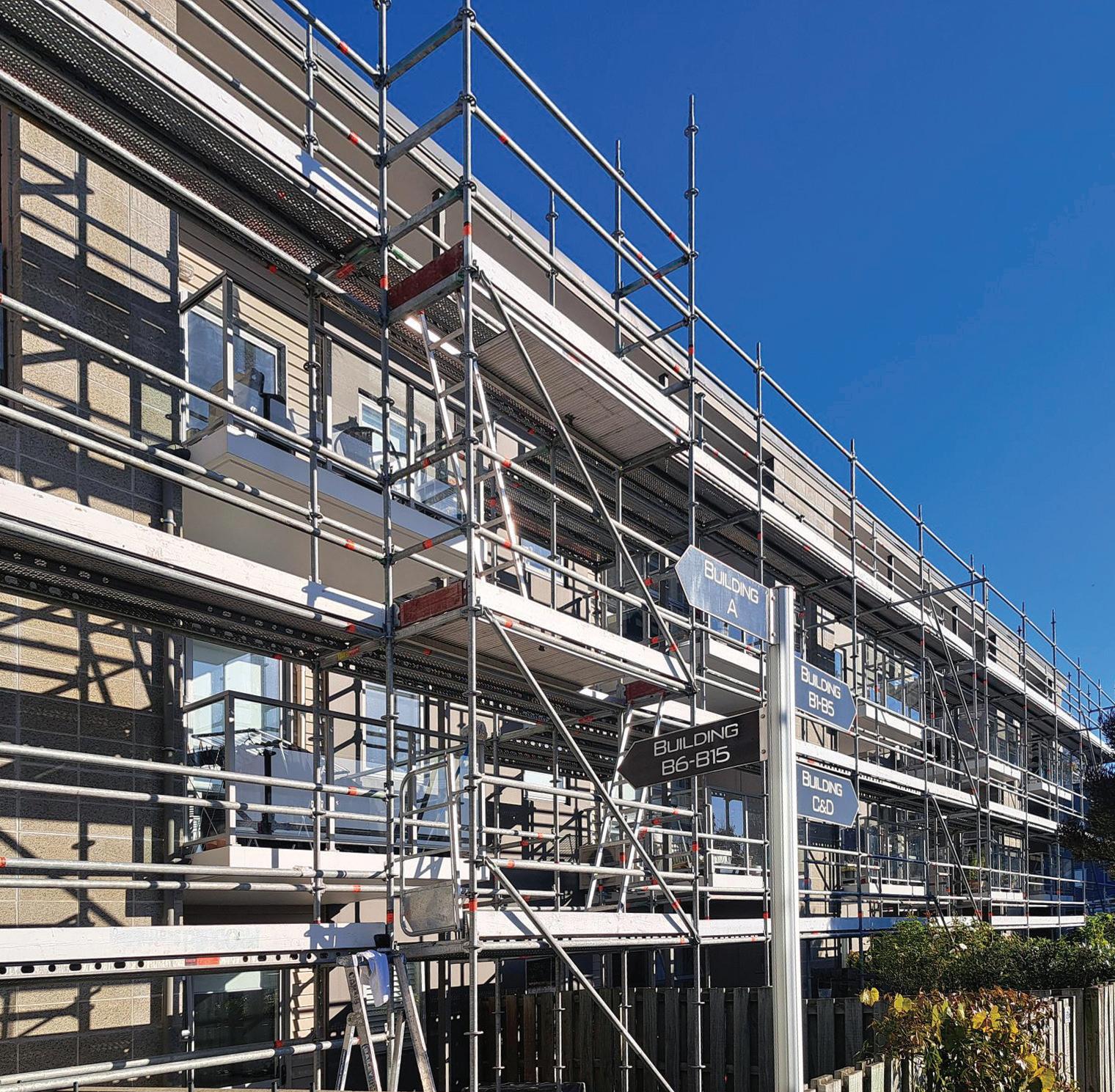
Owned and operated in Canterbury, New Zealand. ProBuild are a well-trained and experienced team that deliver projects on a timely basis, safely, while finding the most practical and cost effective solutions for you the client.
Probuild Scaffolding offer Residential, Industrial and Commercial scaffolding hire throughout New Zealand.
Supporting our clients to achieve their goals is paramount, by understanding the project concept and requirements to ensure the team deliver the right solutions every step of the way.






Dementia Canterbury offers a range of services for people living with Dementia/ Mate Wareware.
This includes home visits and support planning with our Dementia Advisors, a living with dementia education programme, cognitive stimulation groups, an extensive community-based programme of activity groups in partnership with our community, community cafes and social events, and volunteer support in the home and at groups.
One of our Dementia Advisors can arrange to meet you and/or your family/whānau at your home or at the Dementia Canterbury office to discuss your situation, including any concerns and needs you may have. Support enables people to access information, educational courses and materials and services from Dementia Canterbury and the wider community. Based on different choices and unique situations, a Dementia Advisor will advocate on the person’s behalf when necessary and will assist in coping with change, in order to achieve the best outcome possible.
Education is also available to the wider community via our community education programme including the regions, and in sessions tailored to group need on a request/cost recovery basis. This includes sessions on

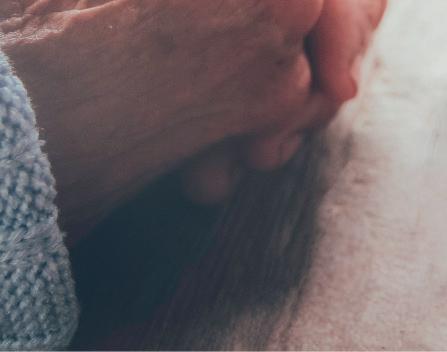

brain health and risk reduction. Did you know that over 40 percent of risk for developing dementia involves factors we can modify? We have also developed a specific programme for those living with or caring for someone with younger onset dementia [under age 65], which includes support, education and activity, and social connection. Additionally, in partnership with Purapura Whetu, we are delivering a 4 year pilot mate wareware program for kaumātua and whānau.
Dementia Canterbury is a charity that relies heavily on the community to help support the work we do throughout Canterbury and the West Coast. We fund raise through a variety of events and activities and are always on the lookout for people or businesses who might want to help us financially, in kind, or as valued volunteers.
Dementia is not discerning – it can and does happen to anyone. If you or someone you know need support or information, please contact us on 03 379 2590 or www.dementiacanterbury.org.nz
We are here to help and to support throughout the journey.



Research shows that the ‘treatment’ of Dementia/Mate Wareware should be one of ‘care rather than cure’. With person-centred, purposeful, stimulating experiences and activities that offer hope and means to maximise quality of life. Dementia Canterbury provides free person-centered services for people diagnosed with a dementia and their families.


Are you seeking a secure, caring Rest Home or Dementia facility in Otago?
Experience Ashlea Grove’s boutique home, embracing kiwi values.
Join our family today for high-standard care, personalized activities, and a warm, friendly atmosphere. Our 20-bed secure Dementia unit and 20-bed Rest Home offer peace of mind. Open disclosure and open door policy.
Visit anytime and ask us anything. Enjoy personalized activities and a safe, welcoming environment. Family is important to us. Come, have a cup of tea with Jasmine. She’s here to assist you.

A locally owned and operated Rest Home along with a memory care secure unit, Ashlea Grove prides itself on home cooked meals, regular van outings, exciting activities programme, friendly local staff while showing respect to all our residents including returned servicemen.
(03) 417 7988 | manager@ashleagrove.co.nz | 41 Centennial Avenue, Milton
The old saying ‘use it or lose it’ applies as equally to mental acuity as it does to physical wellbeing, and more so as we age. With people progressively living longer lives, it is increasingly important to look after our mental health. So here are some activities for the mind… brain food for improving your state of mind.
These words may go horizontally, vertically, diagonally, not backwards. The remaining letters will spell one more hidden geography term.
HIDDEN:
ANSWERS:
RULES: Sudoku rules are simple. A 9×9 square must be filled in with numbers from 1-9 with no repeated numbers in each line, horizontally or vertically.
To challenge you more, there are 3×3 squares marked out in the grid, and each of these squares can't have any repeat numbers either.
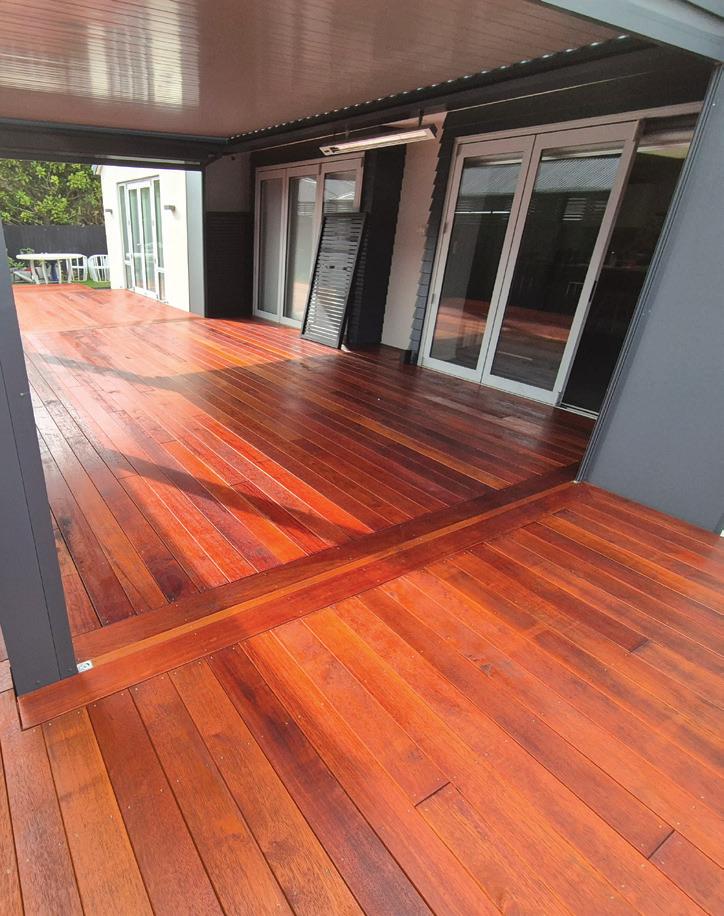

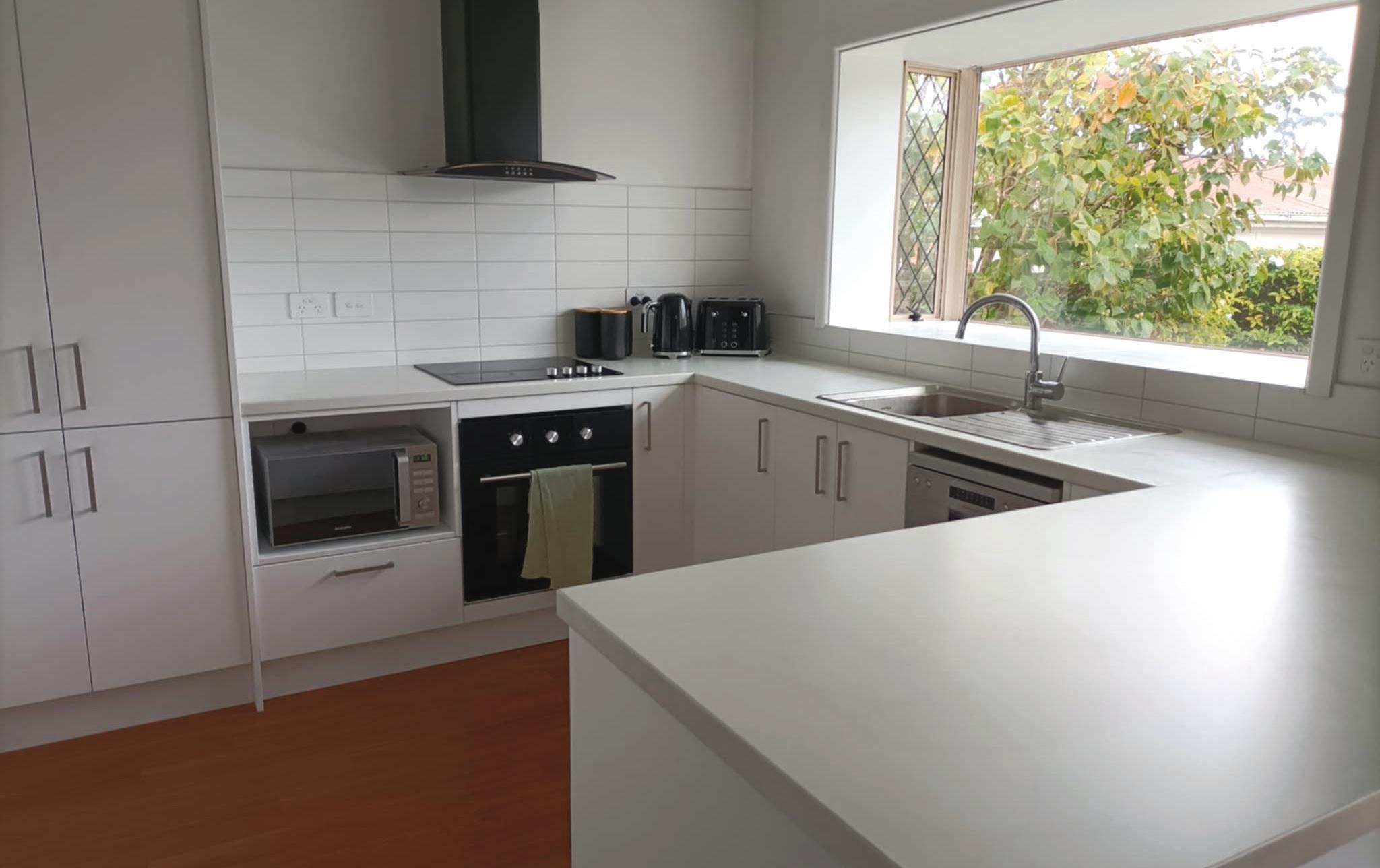
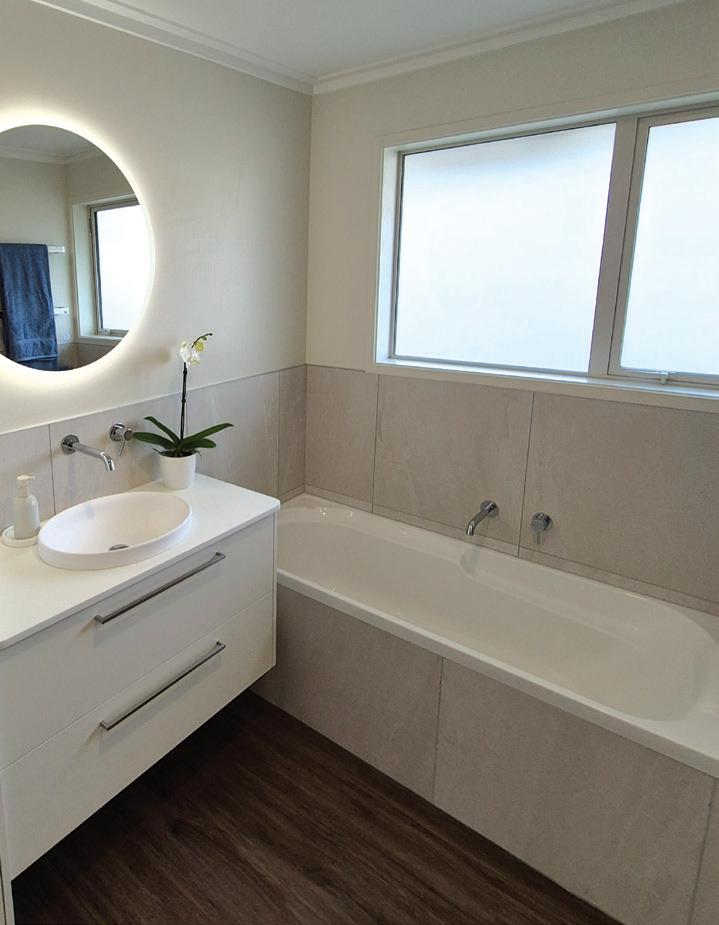
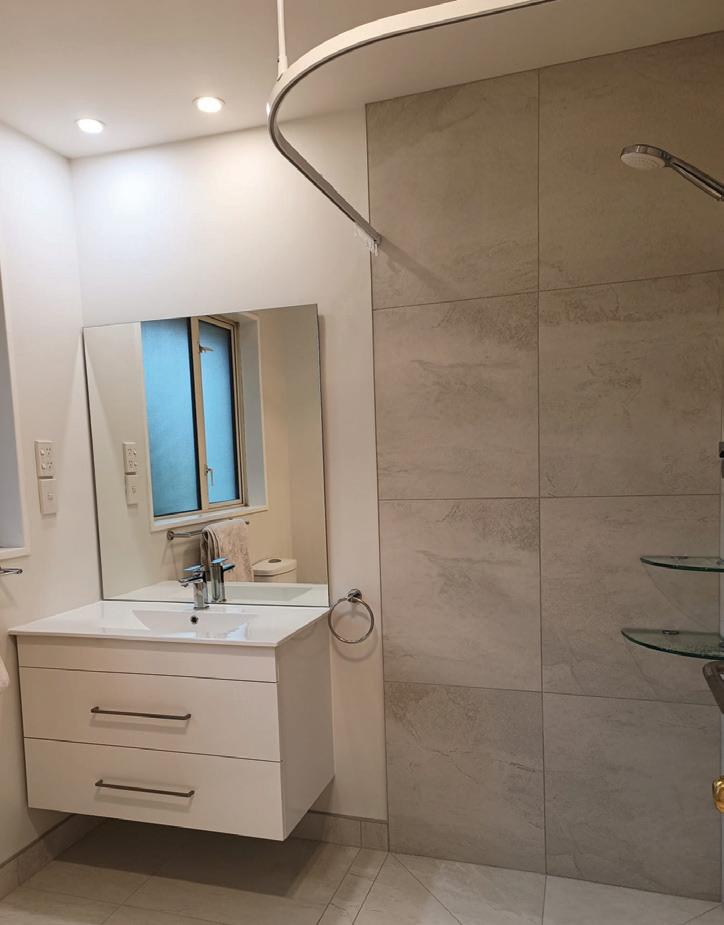
• Renovations & Alterations
• Kitchens & Bathrooms
• Decks & Fences
• General Home Maintenance
By Ben O’Connell

For as long as humans have been sleeping, they have been dreaming. Some say it’s the brain processing our days and experiences.
Some say it’s our brain setting goals, so dreaming about the future. And some say dreams have deep symbolism that is both highly individual and yet somehow universal. Decoding recurring dreams and patterns within them can have a profound impact on one's life.
Difficult emotions and significant life events can cause recurring dreams. Unresolved issues, unmet needs, conflicts, and tensions that, whether we are aware of them or not, can also increase their likelihood. The recurrence of a dream one had long ago can indicate that something in your current life requires you to revisit an old problem and remind yourself of how you handled it and the outcome.
Perhaps the most common recurring dream is that of being chased. It typically signals anxiety, stress, or avoidance. The pursuer in the dream may represent a real-life challenge, a difficult emotion, or an unresolved conflict. The act of running away in the dream can symbolise a desire to escape from something in waking life, whether it’s a responsibility, a relationship, or an internal struggle.
Dreams of falling are almost as common as those of being chased. While terrifying in the moment, these dreams often reflect feelings of insecurity, a loss of control, or a fear of failure. They may occur during times of transition or uncertainty, such as starting a new job, moving to a new city, or facing a major life decision.
Many adults report recurrent dreams of being back in school, often facing an important exam or realising they are unprepared.
These dreams usually surface during periods of self-doubt or when people are grappling with performance anxiety. They may also reflect a lingering sense of not meeting expectations, either your own or those of others.
Dreams about losing teeth are surprisingly common and can be quite unsettling. Psychologists suggest these dreams may be linked to feelings of powerlessness, concerns about appearance, or worries about communication. Some interpretations connect them to stress or even physical sensations, such as teeth grinding at night.
Water in dreams often reflects emotions and the subconscious. Calm water can symbolise peace and clarity, while turbulent or murky water may indicate anxiety or confusion. How you interact with water, whether that is swimming, drowning, or drinking, can reveal your comfort with your feelings or a need for emotional renewal.
Being naked in public is actually another common dream theme, too. This taps into deep-seated fears of exposure, vulnerability, or embarrassment. It often arises when people feel scrutinised or judged in their waking lives, or when they are navigating new social situations where they fear not fitting in.
While often exhilarating, flying dreams can have different meanings depending on the context. They may symbolise a desire for freedom, escape from problems, or a sense of achievement. Sometimes, they reflect a person’s aspiration to rise above challenges or gain a new perspective on life.
Recurring dreams are a bridge between your conscious and unconscious mind. They invite you to explore your inner world, confront your fears, and embrace growth. By listening to these nightly narratives, you can unlock a deeper understanding of yourself and move forward with greater clarity and confidence.

Aotea Security are market leaders in the Electronic Security Industry providing fully integrated security and IT solutions for corporate, government and industrial clients. We have proven experience, expertise, innovation and scale with our nationwide coverage and resources.
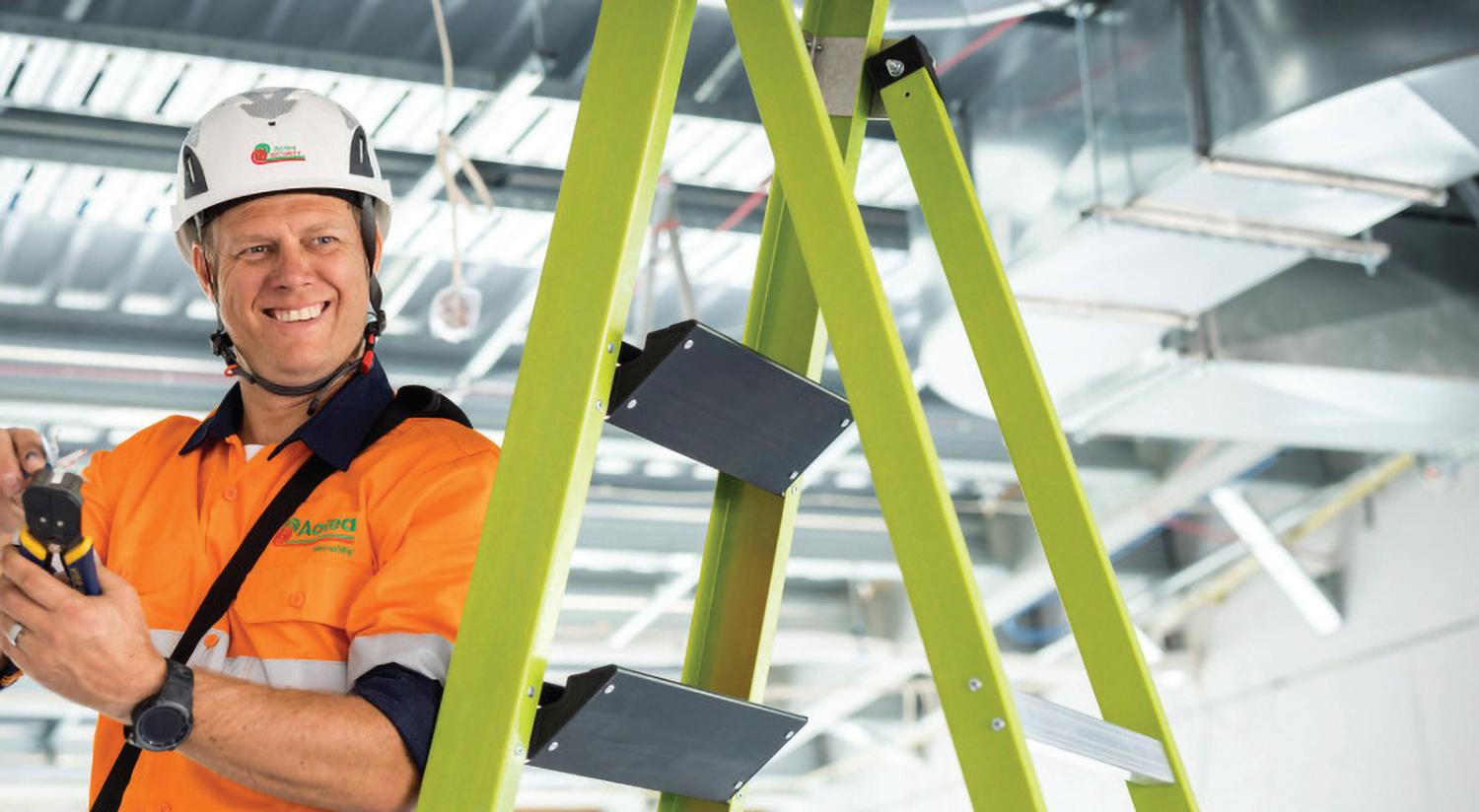

• Access Control
• Intruder Detection
• CCTV Systems
• Perimeter Detection
• Perimeter Electric Fencing
• Electronic Duress Systems
• Nursecall Systems
• Intercom and Entry Systems
• Commercial Security
• Fire Security



Reading quickly is a valuable skill, but one must read fast and comprehend well to achieve it.
Time how fast you can read the passage below, then answer the questions below to test your comprehension to see how well you can speed read!
Speed reading is not just racing through a passage. Once honed, it becomes a powerful technique that, when combined with effective comprehension strategies, can significantly enhance your cognitive abilities — not only in reading but also in learning other new skills. At its core, speed reading involves training your eyes and brain to process information more efficiently, minimising habits like subvocalisation — where you “say” words in your mind as you read. By practising methods such as using a pointer or finger to guide your eyes, expanding your peripheral vision, and chunking words together, you can increase your reading speed while still understanding the material and even enjoying the process more.
Comprehension is the critical companion to speed. Without it, reading quickly becomes meaningless. Focus on active reading strategies: preview the text by skimming headings and subheadings, ask yourself questions about the content before diving in, and summarise key points after each section. This improves recall while also encouraging deeper, critical thinking. This approach keeps your brain engaged and helps you retain more information. Over time, these habits strengthen your cognitive abilities, making it easier to process complex ideas and remember important details.
Combining speed reading with comprehension exercises creates a virtuous cycle for your brain. As you challenge yourself to read faster and understand more, your brain adapts by forming new neural connections. These adaptations support lifelong learning and mental resilience. It’s like a workout for your mind, just as physical exercise builds muscle, reading efficiently builds cognitive strength. Studies suggest that people who regularly practice speed reading and comprehension techniques experience improved memory, sharper focus, and enhanced problem-solving skills.

By Ben O’Connell
Whether you’re a student, professional, or lifelong learner, these skills empower you to absorb vast amounts of information quickly and effectively. By incorporating these strategies into your daily routine, you can unlock your brain’s full potential, remain mentally agile, and keep pace with the ever-growing demands of the information age.
Answer these true or false statements to ensure you understood the passage.
1. Skimming headings is a bad speed-reading strategy
2. Subvocalisation is a habit where you mentally say words as you read
3. The passage compares speed-reading to racing a speedy car
4. Memory, focus, and problem-solving improve with speed-reading skills
5. The passage describes speed-reading as ‘valuable’ for the brain.
The odd-numbered statements are false, whereas the evennumbered statements are true. If you answered all five questions correctly and took one minute or less to read the passage, you are an excellent speed reader. The passage has 319 words, but the average reader reads about 240 words per minute. If you took over three minutes to read the passage, its advice might be worthwhile to you! Speed-reading is a valuable skill, but ultimately, reading is to be enjoyed at your own pace.


32 Lixmont Street, Bradford, Dunedin



Bradford Manor is a smaller personal Dementia Care Rest Home. Promoting a safe, warm, friendly and homely atmosphere for all our residents.
A memory care unit situated high on the hill above Kaikorai Valley with panoramic views, staffed with a long serving knowledgeable team that understands dementia. With an indoor/outdoor flow and a country outlook, Bradford Manor is a perfect place to be cared for when the need arises.
P: (03) 453 5516
E: manager@bradfordmanor.co.nz


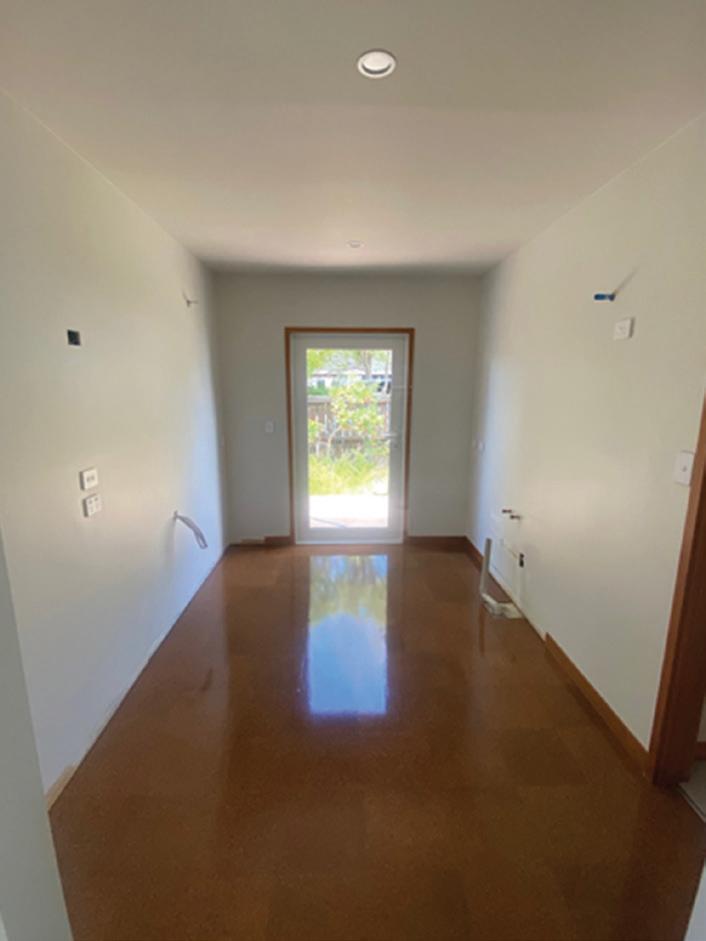





Photography is more than just taking pictures; it is about capturing memories, telling stories, and exploring creativity. If you are new to photography, it is understandable to feel overwhelmed by all of the technical jargon and gear options. But with some tips, anyone can start a hobby in photography, whether on a DSLR, mirrorless camera, or even a smartphone.
The best place to begin is by getting to know your camera. Understanding the basic settings will help you move beyond auto mode and give you more control over your images. Learn how to disable the automatic flash, adjust shutter speed and aperture, and switch between autofocus and manual focus. Understanding ISO and white balance will also make a big difference in your photos, especially in changing light conditions. Smartphone users can benefit from touch-to-focus and manual exposure controls as well.
To set yourself up for success, have a think about investing in a few beginner-friendly tools that will make your photography easier and more consistent.
The most important gear for a new photographer can include:
• A camera or smartphone suited to your goals (portrait, landscape, etc.)
• A sturdy tripod for stability in low light or long exposures.
• An external light source of reflector for better lighting control.
• Extra memory cards and batteries so you never get caught short.
• Basic lens cleaning tools to keep your equipment in good condition.
Once you have sorted your set-up, the next step is practice. Bring your camera with you and shoot often. Don’t wait for a perfect moment, everyday scenes can become beautiful with the right perspective. Planning your shots in advance, scouting locations, and paying attention to lighting will all improve your results over time. If something doesn’t turn out the way you hoped, review it and learn from it.
Lighting especially plays a huge role in photography. Natural light tends to produce the most flattering results. Shooting during golden hour, shortly after sunrise or before sunset, adds warmth and softness. When indoors, place your subject near a window and avoid relying on harsh overhead lights or on-camera flash, which can flatten your image.
Editing is another powerful tool too. Even small adjustments to brightness, contrast, or colour balance can transform your photos. Free and affordable editing tools like Lightroom Mobile or Snapseed are perfect for beginners. Learning to crop, straighten, and adjust lighting in post-processing helps bring your creative vision to life.
Different photography styles may need different techniques. For example, portrait photography focuses on expression, background simplicity, and eye contact, while nature photography might involve shooting up close or capturing changing natural light. Try out various styles and see what you enjoy most.
Inspiration and ongoing learning will keep you improving. Follow photographers whose work you enjoy and admire, look up online tutorials, and don’t be afraid to trial and error. Mistakes are all part of the process and can often lead to your most memorable shots.






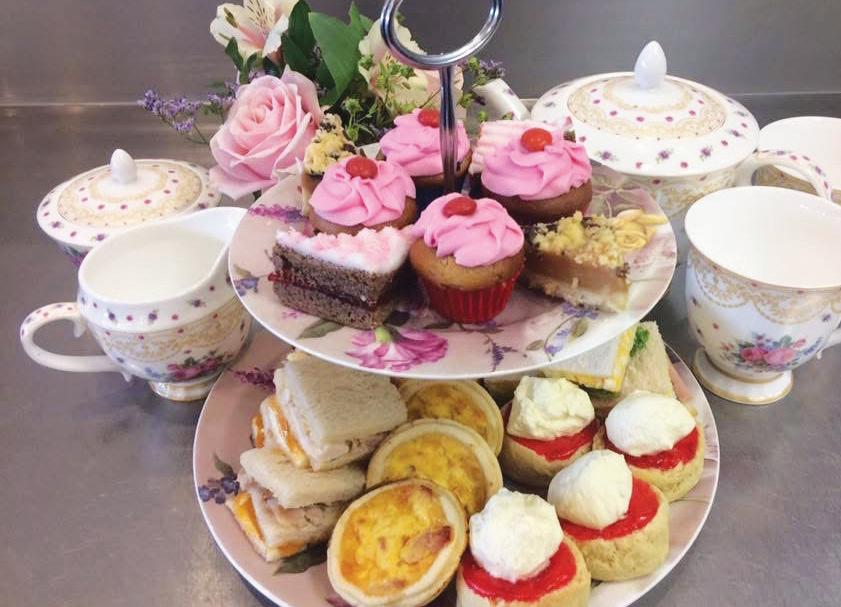
Based in Kumeu, New Zealand, we specialize in building tiny homes, granny flats and holiday retreats that redefine comfort, functionality, and style.
We can build onsite or offsite nationwide or International.
With a focus on quality craftsmanship, attention to detail, and personalized service, we ensure that every project reflects the unique needs and preferences of our clients. From initial design concepts to final touches, we guide you through every step of the construction process, making it seamless and stress-free.
Experience the difference with Small Builds –where small spaces lead to big possibilities.
At Small Builds, we stand behind our craftmanship. From the foundation to the finishing touches, we ensure the highest standards of quality in every aspect of our work. Your satisfaction is our priority, and we are committed to delivering excellence in every project we undertake.

Whether it's providing extra accommodation for loved ones, crafting a cozy retreat away from the hustle and bustle, or offering a smart investment opportunity, we're here to bring your vision to life.
Council and building consents
We look after all council requirements if required.
Eco-friendly designs
We prioritize eco-friendly design, incorporating sustainable materials and practices to create healthier homes and a greener future.
Electrical & plumbing
We handle all aspects of electrical and plumbing, guaranteeing top-tier solutions for seamless functionality and safety across your entire project.
Call us for a no obligation quote or visit us at our showroom in Kumeu Auckland
Lock in the job and your payments. Protect your build and your back pocket. Both parties agree on a price.
deposits payment in our trust account.


Our fully customizable tiny homes are built specifically to suit your needs, wants & budget.
Whether you're seeking a cozy retreat in the countryside, a versatile backyard studio, air b and b for secondary income or a granny flat for family, our tiny homes offer endless possibilities.
We collaborate closely with each client, ensuring that every aspect of their tiny home aligns seamlessly with their vision and budgetary constraints. With options available for every budget.


Different design options available.
Options to suit your budget.
Follow current legislation.
Builders guarantee.
Money locked in and secure.
Solar power options.
Screw piles for foundations or timber piles.
Lodging with council processing if you need.
Options to build on site or off site and delivery.(delivery costs tbc)
info@smallbuilds.co.nz
www.smallbuilds.co.nz
Showroom Address: 11 Weza Lane, Kumeu Auckland

By Jonathon Taylor
One in four New Zealanders aged over 65 are now reluctant to go online due to fears of being scammed, according to new research from BNZ.
This figure has nearly doubled from 13% three years ago, highlighting growing unease among older adults. The trend is raising concerns about digital exclusion, especially as more everyday activities move online.
The research, released as part of Fraud Awareness Week, highlights a sharp difference in attitudes between age groups. While 25% of those over 65 express online hesitancy due to scam fears, only 10% of under-35s share the same concern. However, the findings show that older people are not necessarily more likely to fall victim to scams. This suggests that fear — rather than actual risk — may be discouraging older New Zealanders from using digital services.
Ashley Kai Fong, former BNZ’s Head of Financial Crime, says this trend presents real challenges in today’s connected world.
“When older people avoid the internet because of fear, they miss out on valuable things like easier banking and staying in touch with loved ones through video calls,” he says. “As more essential services move online, we must ensure everyone feels confident taking part.”
There is a bright spot: the research shows that 96% of New Zealanders over 65 have recently seen information on how to avoid scams.
“That’s encouraging,” says Kai Fong. “But it’s important that this information builds confidence, not fear.”
“Our aim isn’t to discourage technology use, but to help people use it safely and with confidence. With so much now happening online, from banking to government services, staying connected is more important than ever.”
To support this, BNZ’s Scam Savvy programme offers practical advice and updates on new scam tactics, helping customers protect themselves and use digital tools more confidently.
"Digital inclusion is about more than just having internet access - it's about having the confidence to use it safely. At BNZ, we’re doing our part to better educate New Zealanders about the risk of scams, what to look out for and how to keep yourself safer online," says Kai Fong.
Be cautious with unsolicited messages
• Don’t click on links or open attachments from unexpected emails or texts
• Never share personal information (like passwords or bank details) via email, text or phone unless you’re 100% sure who you’re dealing with.
• Create long passwords using a mix of letters, numbers, and symbols
• Use different passwords for different accounts
• Consider using a password manager to keep track securely.
• Add an extra layer of security by turning on 2FA for important accounts like email and banking
• This usually means entering a code sent to your phone or using an app after entering your password.
• Regularly update your computer, phone, and apps to patch security vulnerabilities scammers might exploit
• Install reputable antivirus software and run regular scans.
• Be suspicious of messages that create urgency, ask for money, or sound too good to be true
• Scammers often pretend to be from banks, government agencies, or family members in trouble — if in doubt, contact them through official channels.



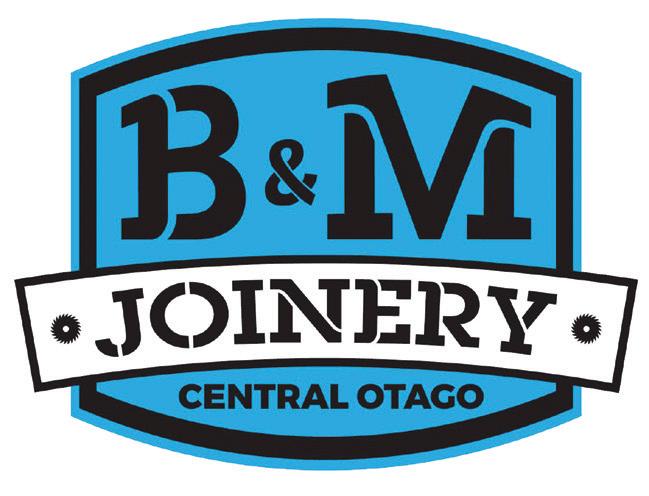


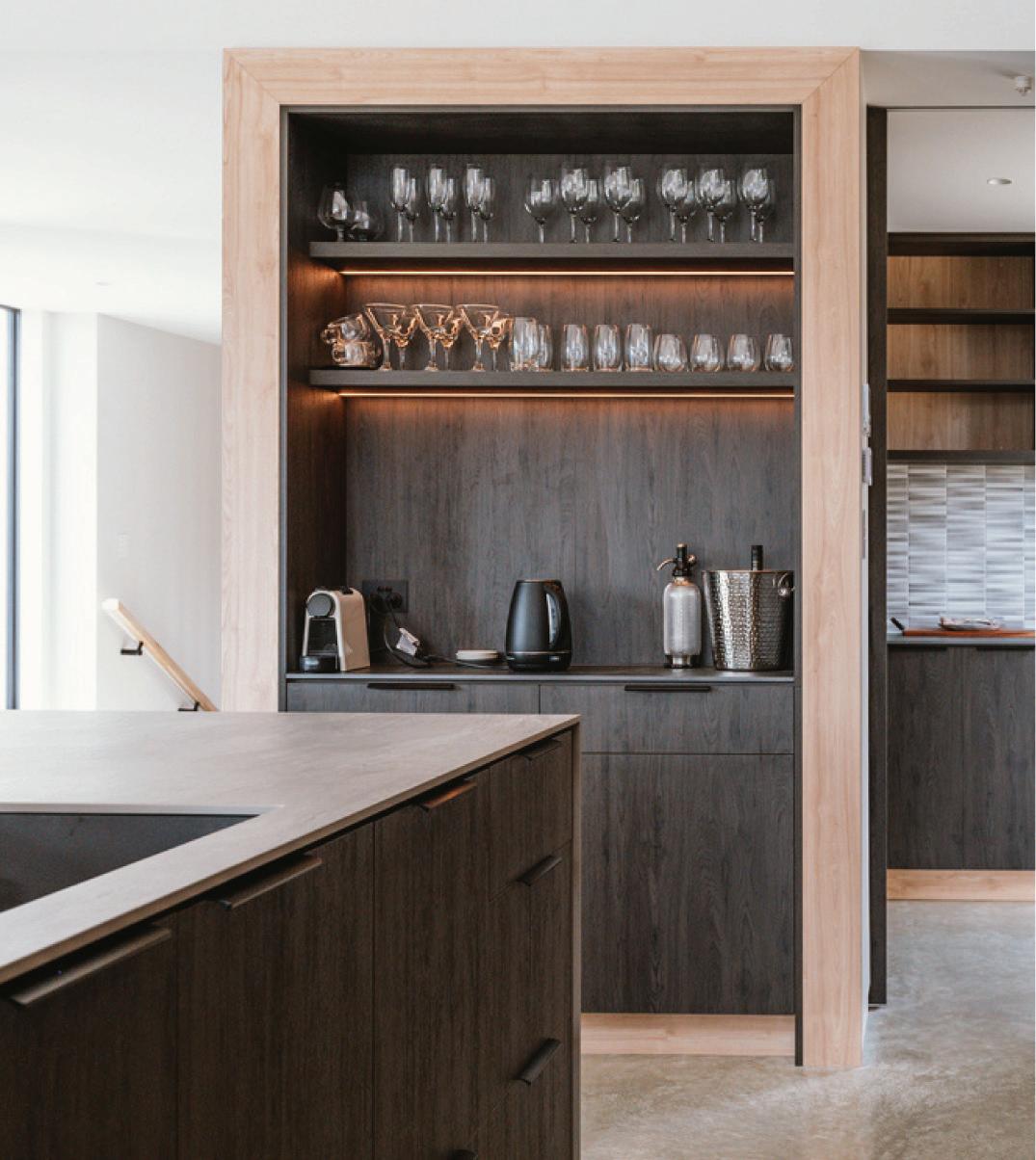

Custom kitchens and household joinery, designed just for you. Our in-house team of qualified designers bring experience, creativity, and passion to every project.
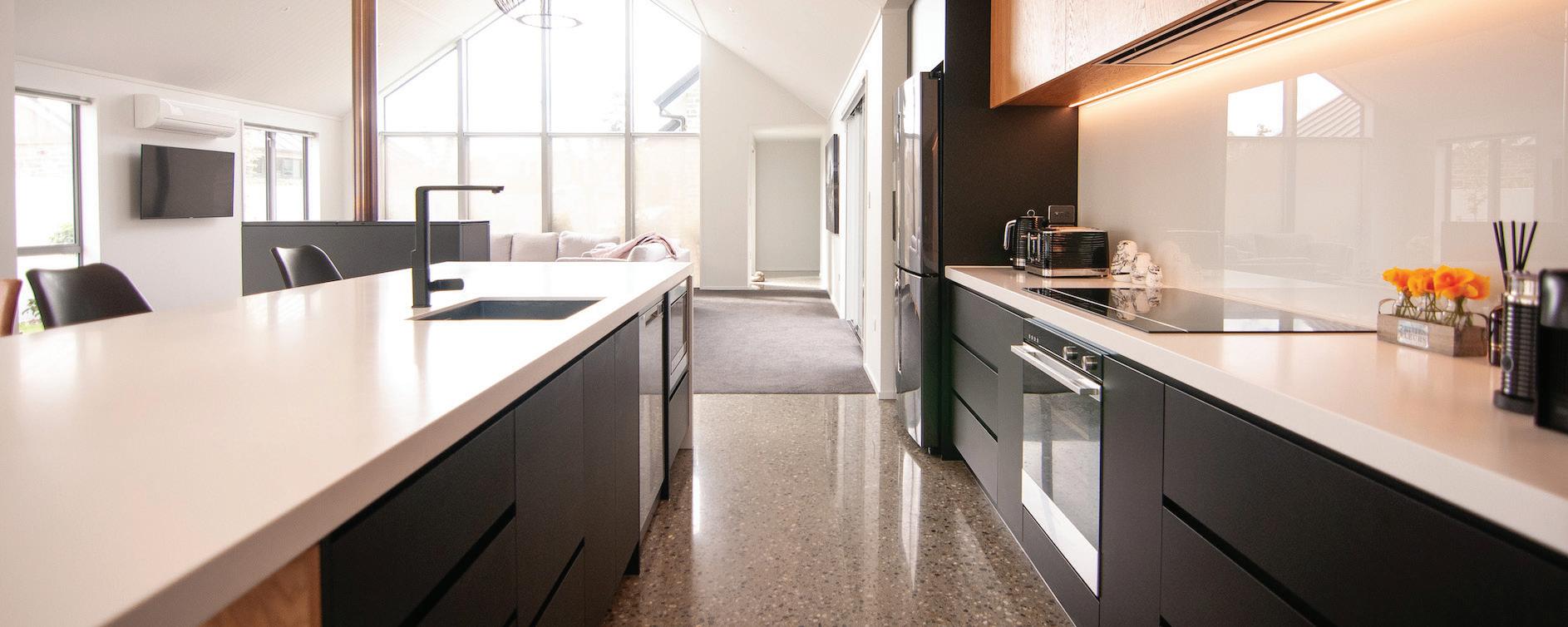
New Zealand is facing mounting financial pressure as its population ages, with an increasing number of people over 65 and a declining workforce to support them.
Experts warn that without careful, gradual reforms to retirement income policies, rising living costs and insufficient savings could leave many older Kiwis financially vulnerable.
Our ageing population
Financial hardship awaits New Zealand if the retirement income policies remain unchanged, an NZIER report warns. The Retirement Commission-backed report found that falling birth rates and the rising life expectancy mean the workforce will shrink despite the expectation that Kiwis will work beyond 65.
“While the number of people under 40 will remain the same as today, the number of people over 40 will increase by a third, and the number of people over 65 will increase by about a half,” senior economist and report author Adrian Katz said.
He says migration will become the main driver of population growth. “With the global population aged 65 and over expected to increase from 10% in 2025 to 16% by 2050, the demand for migrants will rise. New Zealand’s migration levels will depend on its ability to attract skilled workers amid growing competition.”
A smaller workforce means an increased tax burden for younger New Zealanders, which could lead to rising taxes, reduced public services, and growing debt.
“Whatever the approach, moving along the spectrum from pay-as-you-go towards savings-based creates a double burden on the working-age population, who must pay for current retirees as well as pre-fund the increased costs of future retirees. The costs of transition will rise as the population ages.”
He says that people need time to adjust and that retirement income policy settings significantly impact people’s consumption and savings decisions throughout their lifetimes, so changes should be gradual and announced well in advance. “Thoughtful,

Of those surveyed, 70% also felt KiwiSaver should be compulsory, and 68% believed employers should increase their contribution rates.

Rising living costs are compounding retirement challenges. The New Zealand Seniors Quality of Life Report 2025, conducted in partnership with consumer research group MYMAVINS, surveyed over 500 Kiwis aged 50 and older. It found that 76% of seniors are affected by rising living costs, with more than half reporting that these pressures negatively impact their quality of life.

Everyday essentials such as groceries (52%), transport (40%), and travel (49%) are increasingly difficult for older Kiwis to afford. Many have cut back on social activities (34%) or reduced social interactions (30%) due to financial constraints, which increases the risk of isolation and reduced wellbeing.
The report also highlights healthcare concerns. Over half of seniors surveyed cited healthcare costs as a major financial worry, and nearly half reported long wait times for specialist care or hospital procedures, averaging 108 days. Some seniors are even delaying medical care due to costs, a trend that poses longterm risks to their health.
Karen Billings-Jensen, Chief Executive of Age Concern New Zealand, said the findings highlight the challenges facing older New Zealanders. “Cost of living, long-term financial security, health concerns, housing, and social connection are all critical factors influencing quality of life for older people.
“It's concerning that some older people were managing rising healthcare costs by cutting back on social activities or, more worryingly, cutting back on food and grocery expenditure."
Of those surveyed, 70% also felt KiwiSaver should be compulsory, and 68% believed employers should increase their contribution rates.

The challenges are particularly acute for self-employed New Zealanders, who often face a two-tier retirement system. According to a joint report by Te Ara Ahunga Ora Retirement Commission and Hnry, only 44% of self-employed Kiwis contribute to KiwiSaver, compared with 78% of employees, and many receive no government contributions due to irregular incomes. Almost one in five reported not saving at all.
“Self-employed New Zealanders make up a growing share of our workforce, yet they are being left behind when it comes to retirement savings,” Retirement Commissioner Jane Wrightson said.
“Without meaningful reform, we risk seeing hundreds of thousands of people reach retirement without sufficient financial security. More retirees will rely heavily on government transfers, creating a future fiscal burden.”
The report recommends reforms including automatic enrolment with opt-out options, flexible contribution rates, enhanced incentives for low-income earners, and targeted financial education. Wrightson emphasised that “retirement savings must work for all New Zealanders, regardless of how they earn their income.”
Looking at vans? Start with one that’s built to last.

At East Coast Caravans, we’re here for the long haul - offering full servicing, expert advice, and after-sales support that lasts well beyond handover.





Your home is often your largest personal asset, so selling it can be both exciting and stressful at the same time.
That’s why having an agent that you can trust to help you achieve the best price and conditions possible for your home – all while being transparent and ensuring all parties are comfortable and aware of the processes, will make a big difference.
Certain attributes differentiate a great agent from a good agent. We recommend that you look for agents who demonstrate a great deal of professionalism, local knowledge and have a good reputation.
Look for someone who understands the kind of people who will be interested in your home. This will help with the marketing of your home and communicating the benefits of your property to potential buyers.
Local agents often have a network of potential buyers that they have been working with or regularly communicate with, who are ready and able to provide the best price for your home.
Great real estate agents are well connected, therefore asking family and friends if they know an agent they would recommend is a great start; referrals are often the best way to find an agent with a proven track-record, and not just someone who knows how to say the right things at the right time.
When asking for recommendations, remember to ask what factors their recommendation is based on. Did they get the level of communication they wanted? Did they think the agent used the marketing spend effectively? Did they manage any challenges through the process well?


Great real estate agents are well connected, therefore asking family and friends if they know an agent they would recommend is a great start; referrals are often the best way to find an agent with a proven track-record, and not just someone who knows how to say the right things at the right time.
Agents are usually more than happy to come to your property, share their knowledge and talk you through your options for selling. We recommend meeting a few agents before you choose who to work with.
Try visiting open homes they are hosting to understand how they present their vendor’s property. This will help you get a feel for how they will work to get the best for your property.
Take a look online and see how agents are using social media and digital marketing to increase coverage for the properties they are selling, and therefore see what you could expect for your home. Many agents will also use advanced technology to help market and sell your home, which can often reach a broader audience, for example:
• Virtual Reality tours or 3D walkthroughs are one of the options that increase the accessibility of an open home to a wider range of potential purchasers in the first instance, particularly out of town buyers
• Augmented Reality is another option that can help potential purchasers rework the layout of furniture in the home, so they can better picture themselves and their belongings in the home.
Try not to select an agent based solely on their commission fee, but it is important to understand what the fees are. While these do vary by agency, our advice is to choose an agent you trust and whose previous work gives you confidence.
Great agents can achieve a better price for your property by understanding the best strategies according to different market conditions.
At the end of the day, the person you choose is going to be a big part of your life while you sell your home, so it is important that you feel comfortable with them and that you can trust them to get the job done.
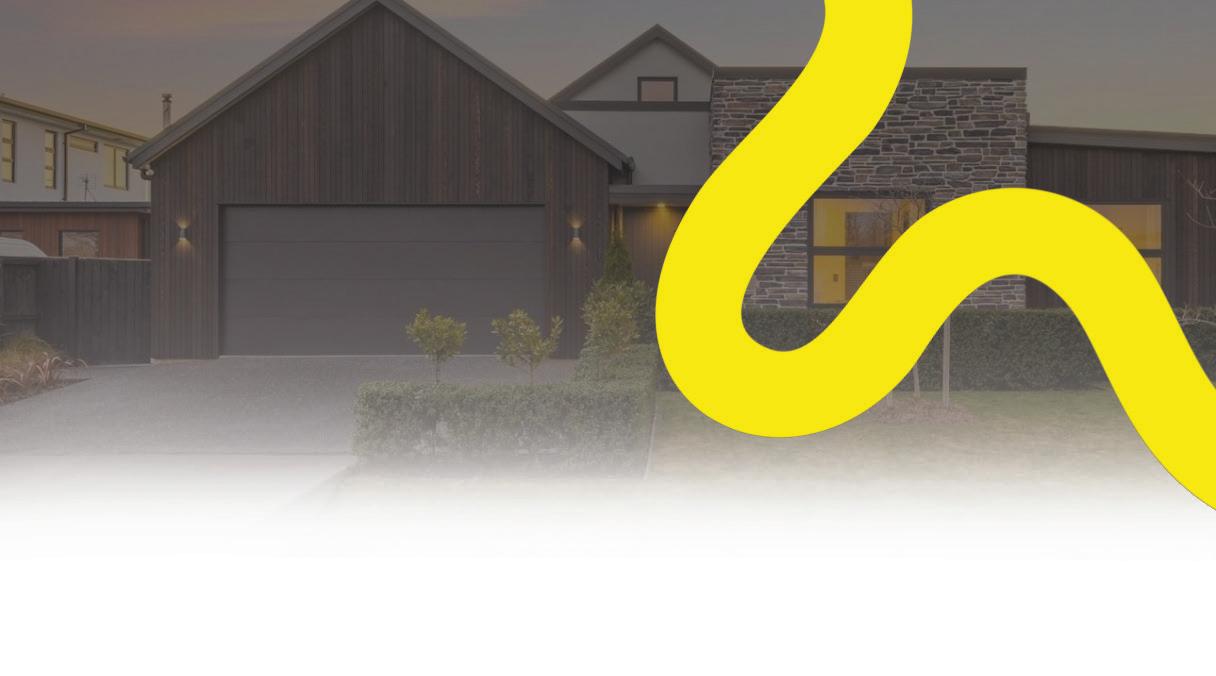
When working with Rob, clients can expect the utmost professionalism, unwavering integrity, and a personalised experience tailored to their unique needs.
He is committed to nurturing long-term relationships and consistently goes above and beyond to surpass his clients’ expectations.
Rob’s friendly and upbeat personality sees him create an immediate rapport with everyone he meets. His genuine interest in people is clear from the get go. He is very approachable, honest and it is evident when you are in his presence that he is committed to making a difference to everyone and everything he contacts.
Rob has been selling property for several years bringing extensive knowledge in residential real estate, achieving exceptional results. Rob’s experience working as a Design and Build Consultant for a national housing company has further deepened his understanding of the build process and the intricacies of the real estate market.

With a strong background in sales, he has built a respected reputation based on delivering outstanding results, providing exceptional customer service, and maintaining open lines of communication with his clients. Rob is also a shareholder in, and director of Ray White Papanui, further solidifying his commitment and leadership within the industry.
Rob’s experience as a business owner prior to his career in Real Estate, has ingrained in him a robust work ethic, exceptional problem-solving abilities, and a customer-centric approach. He understands the crucial importance of effective communication, meticulous attention to detail, and consistently delivering outstanding service to his clients.
Thinking of selling? Want to know how much your home is worth? Contact me today.


Working with trusted partners to prepare, organise, and sell — for a seamless move into retirement living.
130+ 5-star reviews on Rate My Agent
58 properties sold in the past 12 months
31 average days on market
Selling your home and preparing for a new chapter in retirement living doesn’t need to feel overwhelming. We’re here to make it simple, dignified, and stress-free.
Straightforward, honest appraisals – based on facts, not inflated promises.
A selling strategy that suits you – competitive fees, more room to invest in presentation and marketing.
Practical help with the move – in partnership with the team at Estate Matters, we can:
Organise and help decide what to keep, sell, or donate.
Arrange professional movers you can trust.
Unpack and set up your new home.
Clean and prepare your home for its next chapter. Contact

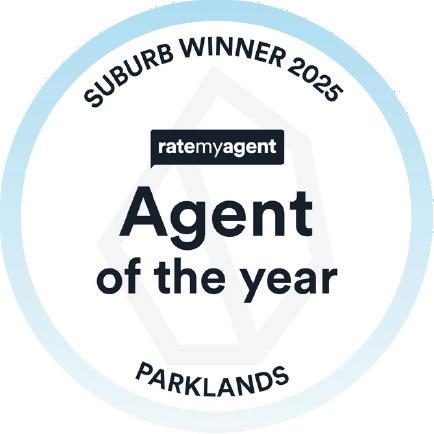



Chantelle is a dedicated agent with an innate understanding of the Canterbury area and a genuine passion for helping clients find their perfect home. Known for her attention to detail, proactive approach, and fun-loving personality, she combines a strong sense of compassion with a roll-up-your-sleeves attitude.
Chantelle’s clients often say they feel like they’re her only one — and she works tirelessly to make every transaction as enjoyable and stress-free as possible. Whether you’re a first-time buyer, seeking investment opportunities, or ready to sell your home, you can count on her top-notch customer service, exceptional communication, and commitment to keeping you well-informed every step of the way.
Stefan brings a sharp eye for detail, a calm confidence, and a results-driven approach to every sale. With years of experience across residential, commercial and investment sales, Stefan brings confidence, calm, and clarity to every deal. A natural communicator with a passion for property, his niche is helping people make smart decisions and enjoy the process along the way.
Favourite part of the job?
Making sure his clients feel informed, empowered, and in control from start to sold.
Where passion, expertise, and dedication meet.
Our local experts are independent agents working together as a national network, backed up by a full support team to make the process easy and simple.
We highlight your property’s best features with custom marketing campaigns that are affordable and designed to maximise exposure to increase buyer demand.
Transparency and communication are key with our clients. Our unique property hub allows you to access real-time updates on your property’s progress.
“Emma was from start to finish wonderful to deal with. Being first home buyers we were new to process and Emma was there every step of the way to answer questions, share in the frustrations, celebrate the wins and offer advice. She was genuinely excited for us when our offer was accepted and kept in touch while we went through the sales process to get our very first home. She was always available and happy to help with whatever we needed, nothing was a problem She really goes above and beyond for her clients. She made us feel comfortable and reassured in what can be a stressful situation. I wouldn’t hesitate to recommend her to anyone looking to buy or sell.”
“Emma was fantastic to deal with. She was friendly, professional and very knowledgeable about the property. She went above and beyond to answer and questions or requests I had and made my moving day a lot less stressful than it could have been.”
“Emma is an excellent agent. Pleasant and easy going. Super helpful, good follow up, making sure the purchase of my new house went as smooth as possible. Even offered to reverse my trailer on settlement day.”
“Kind, organised, dedicated, prompt, timely and detailed.”
“Emma sold our house before it had even gone ‘live’ on the market. The whole process of our sale was completed within just two weeks. Emma is phenomenal at her job, always happy to take a call or give advice when needed. She is warm and approachable and just took all the stress away that goes with selling a house. We could not recommend her enough.”
“Emma was always very professional, friendly, responsive and a pleasure to work with. We felt that nothing was ever a bother and she did a great job is selling our property. We would highly recommend Emma to anyone who was looking to sell their home.”
Excellent
“Emma was wonderful to work alongside when selling my parents property. Her level of communication and ability to keep us informed made the sale process very smooth and relatively stress free. Emma was very approachable and we warmed to her from our first meeting.”
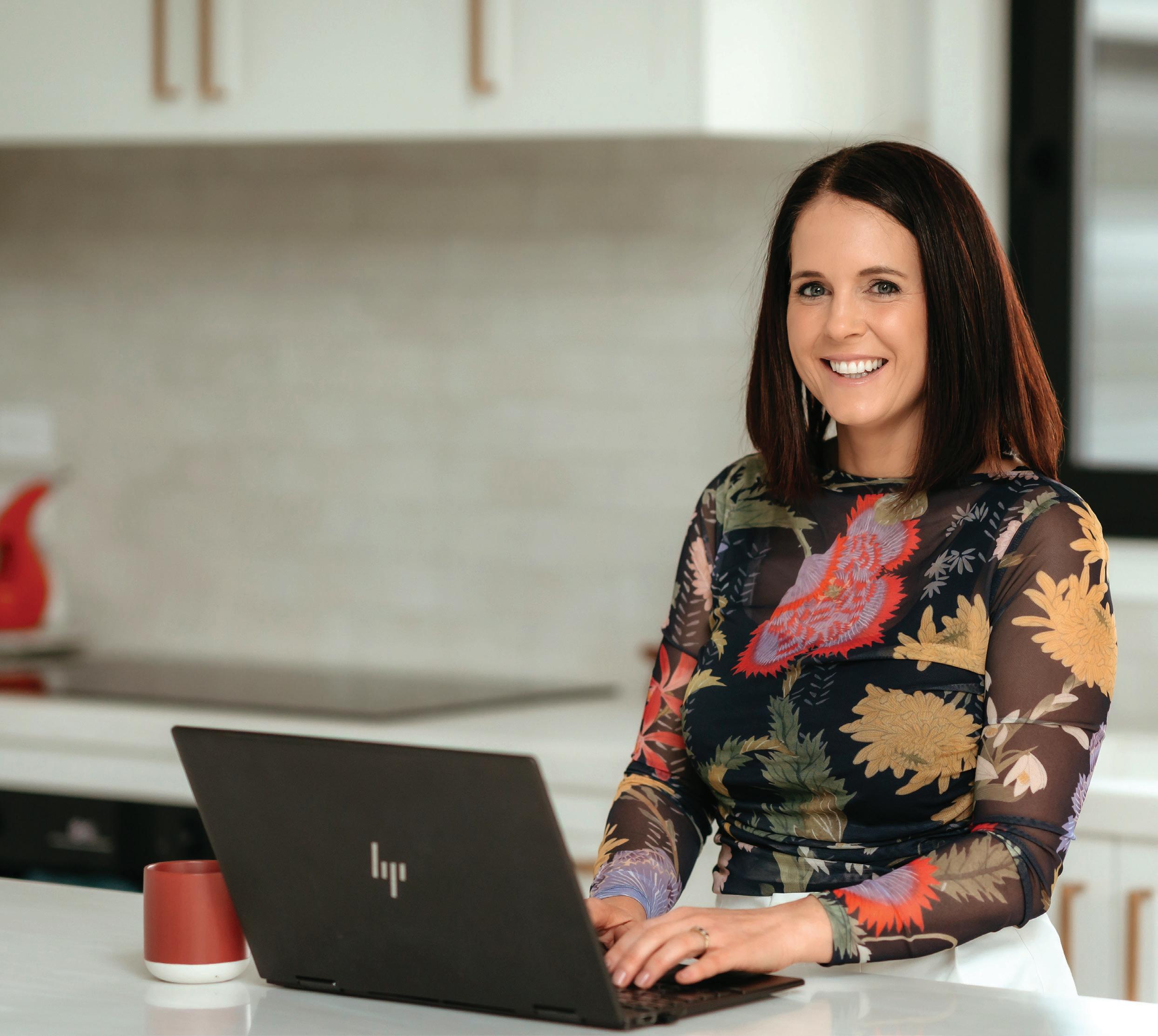


Selling a home later in life is a big decision, it’s not just about the property, but about the memories and the next stage of life. That’s why I take the time to guide you through every step, with kindness, patience, and clear communication.
My goal is to make the process as smooth and stress-free as possible, ensuring you feel supported and confident along the way. You can depend on me to listen, to understand, and to deliver.
When the time comes to make the move, know that I’ll be right there with you, helping you transition with care.
Glenda Crawford










83 High Street, Greymouth
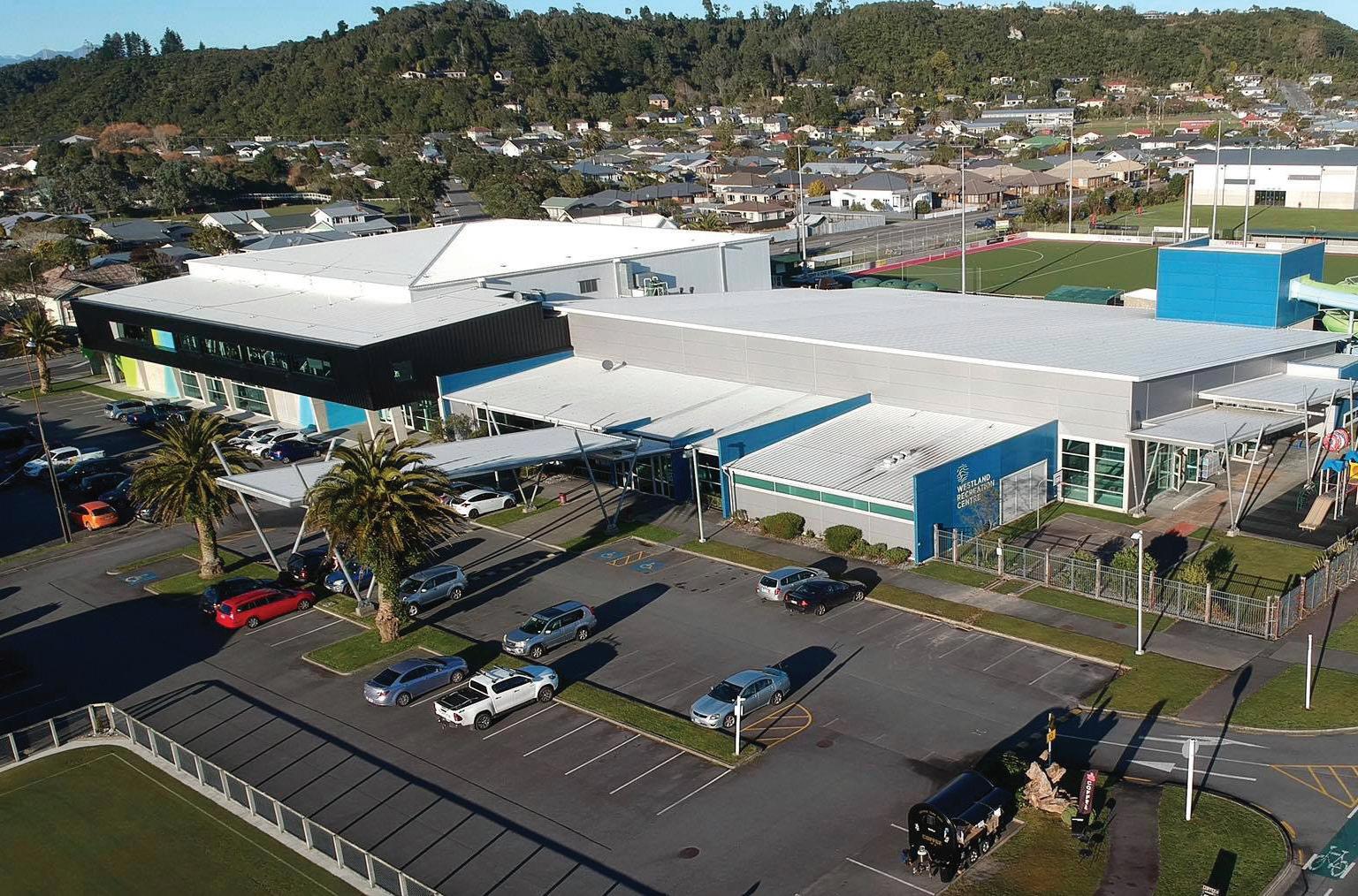



Christchurch.simplicity.co.nz


By Gillian Boyes, Chief Executive, Funeral Directors Association of New Zealand
At many funerals these days, you’ll see a photo tribute or hear specially chosen music that reflects the person who has died.
But have you ever thought about the photos or music you’d want, or want for a loved one? Preparing these details can be a gentle way of beginning the planning for a final farewell and has the added bonus of helping you re-live many happy memories as you begin the sorting process.
If you’ve been wondering how to start here’s some more ideas to talk about with your family.
about where you’d
to take place - Chapels and churches are still popular but increasingly people are opting for highly personalised approaches.
Has a certain sport or interest been a big part of your life? Perhaps your funeral could be at your sports club or the club rooms of your interest group.
Love your garden, the beach, your local park? You could have a special ceremony there (your funeral director will let you know of any local council requirements).
Your cultural traditions may dictate the venue. Funeral directors can work within those requirements too.
Your venue might dictate whether you have a funeral (with the body present) or a memorial (with ashes). Both options offer the opportunity for your family and friends to gather and remember which is a key part of their grieving process.
While there are other options too such as burial at sea or donating your body to science, burial on land and cremation remain the most popular choices for most New Zealanders.
If you prefer a burial, some councils allow you to pre-purchase a burial plot which can help you avoid ever increasing cemetery charges.

Consider your casket choice - Caskets these days come in the widest possible varieties. Prefer something simple? An MDF, or plain casket your family can decorate themselves might be for you.
Want to think sustainably? Solid wood options might befit you, or consider a felted wool or wicket casket which might also reflect a love of nature. Shrouds are another option particularly for natural burials. Casket makers can also offer bespoke options including beautifully carved coffins and couches, or special wraps with your favourite image or colour. Yes we’ve even seen a donut themed casket.
Many people find it reassuring to know a deceased body is treated with the highest respect and care at a funeral home. You might have other questions you’d love to ask, so look out for local open days at funeral homes. People find these absolutely fascinating and taking away some of the mysteries about what goes on can also take away the fear.
Get your paperwork in order - A really important gift you can give to your family is having your paperwork in one place. This includes your will but also details that’ll help them close off bank accounts, utilities and even social media. Make sure that if you’ve organised a funeral pre-payment that details of that are included with that paperwork. We’ve sometimes had to follow-up and refund families who had no idea mum or dad had already paid.
A final paperwork tip is to make sure your immediate next-ofkin details are included with your important papers – these are important for death registration.
- Remember that while you might not want a fuss, your funeral is a time for your family and friends to grieve for you. Coming together, hugging, looking at those wonderful photos or listening to the songs you loved will help them as they come to terms with living without you.
Writing down what you decide, or asking your local funeral home to capture the details in their system so they don’t get mislaid will mean that when the time comes, your special people are left with peace, not decisions.

TWO UNIQUE VENUES TO REFLECT EVERY LIFE.
We organise farewell gatherings in a wide range of venues including our modern Christchurch Chapel and the iconic Harewood Chapel.
Whether you're expecting a thousand people or twenty, the right funeral venue fits your needs and reflects your loved one's style.
johnrhind.co.nz
CHRISTCHURCH & KAIAPOI
Call 03 379 9920 or visit our website to order a funeral information pack.


A serene chapel near central Christchurch, surrounded by tranquil gardens for quiet reflection. Host a funeral gathering with refreshments in the welcoming lounge and choose from a range of elegant vehicles to transport the funeral party.
The John Rh ind Chapel accommodates 200+ people, with seating for 180, and also suits smaller more intimate funerals. The modern space has air-conditioning, surround sound, facilities for presentations, a baby grand piano, organ and live web casting. An elegant lounge next to the chapel is ideal for gatherings after funerals.
We're on London Street in Richmond, near the corner of Bealey Avenue. There's plenty of parking, with spaces reserved next to the chapel for close family.
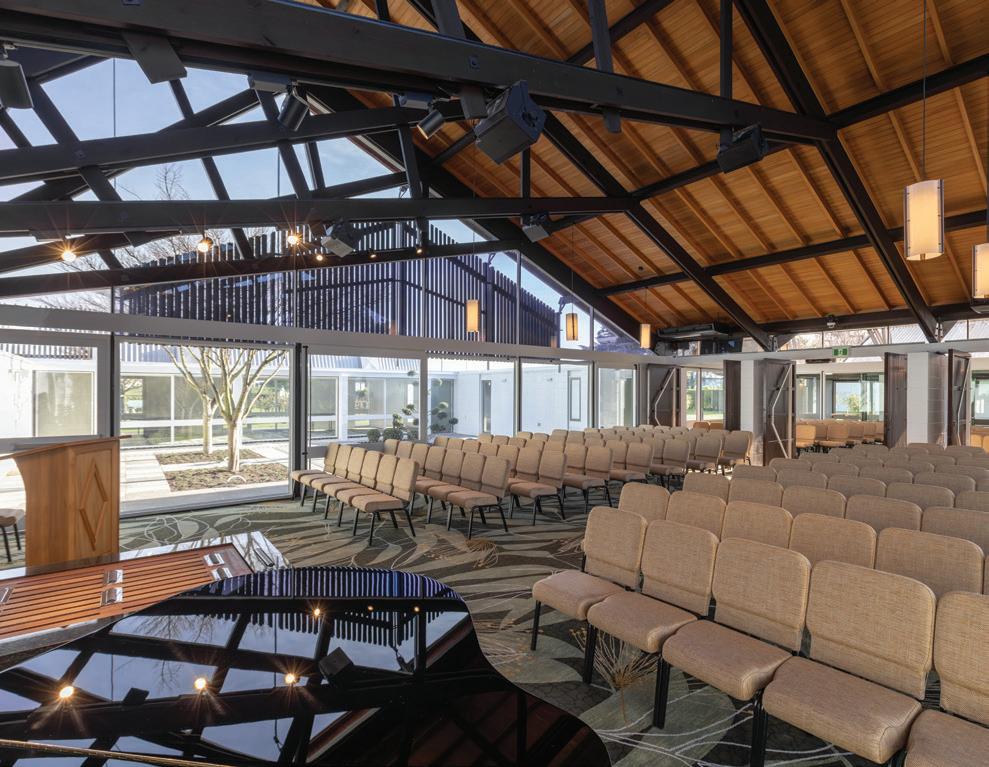
In addition to our elegant Christchurch Chapel and grounds, John Rh ind Funeral Directors are proud to offer the iconic Harewood Chapel for funeral services and memorial gatherings.
Originally designed by celebrated architect Sir Miles Warren, the Harewood Chapel underwent thoughtful renovations in 2024, meticulously preserving its unique character and architectural integrity.
With its soaring, light-filled space and glass walls that frame views of the memorial gardens, the chapel offers a tranquil and welcoming atmosphere – a truly fitting setting to honour and celebrate your loved one's life.
Located on Wilkinsons Road, Harewood, with generous on-site parking.
Here at John Rh ind Funeral Directors, we can help your family choose the right venue for your final farewell. Discover more about our beautiful chapel venues atjohnrhind.co.nz, or connect with our professional and compassionate team by calling 03 379 9920 or emailing staff@johnrhind.co.nz





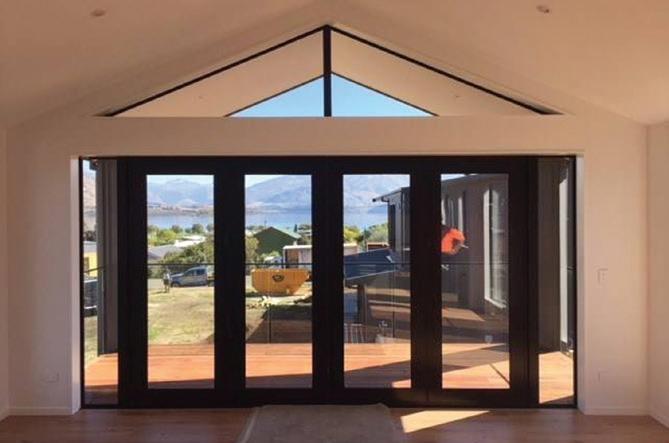


SMC Design Studio is a Christchurch firm creating smart, buildable spaces for homes, developments, and businesses.
We handle everything in-house — architecture, engineering, and consents — for a seamless project from concept to approval.
One team. Great design. Practical results.


See the next page for our services and contact details
Visit our website Scan the QR code to explore our projects, services, and everything we offer — all in one place.

• Architectural Design Plans tailored to your lifestyle, brand, or goals.
• Structural Engineering In-house strength, safety, and compliance built in.
• Residential Projects Homes, renovations, and extensions with personality.
• Multi-Unit Housing Efficient, code-ready design that maximizes land use.
• Commercial & Light Industrial Smart, flexible spaces designed for grow.


Clear communications. Smart solutions. Seamless delivery. From council consents to cost-effective design, we keep things moving — on time and on budget.
SMC Design Studio is a highly professional and easy-to-work-with team. Their expertise in both architecture and engineering ensures seamless project execution. They listen to client needs, provide innovative solutions, and deliver high-quality results. Highly recommend for anyone looking for reliable and efficient design services! a month ago
Let's design something remarkable together.
Talk to us today — and let's get your project moving.

0800 119 118 info@smcdesign.co.nz www.smcdesign.co.nz
192 St. Asaph Street, Christchurch
